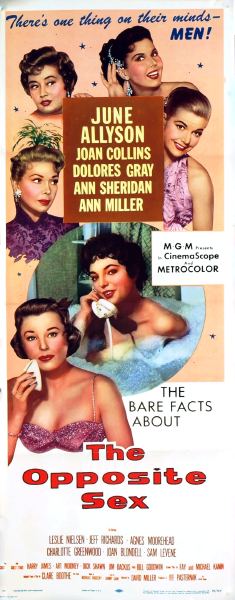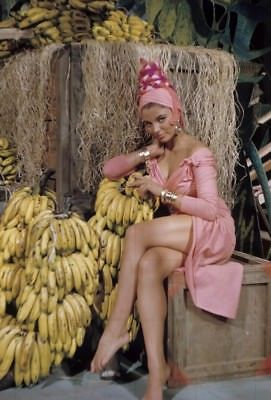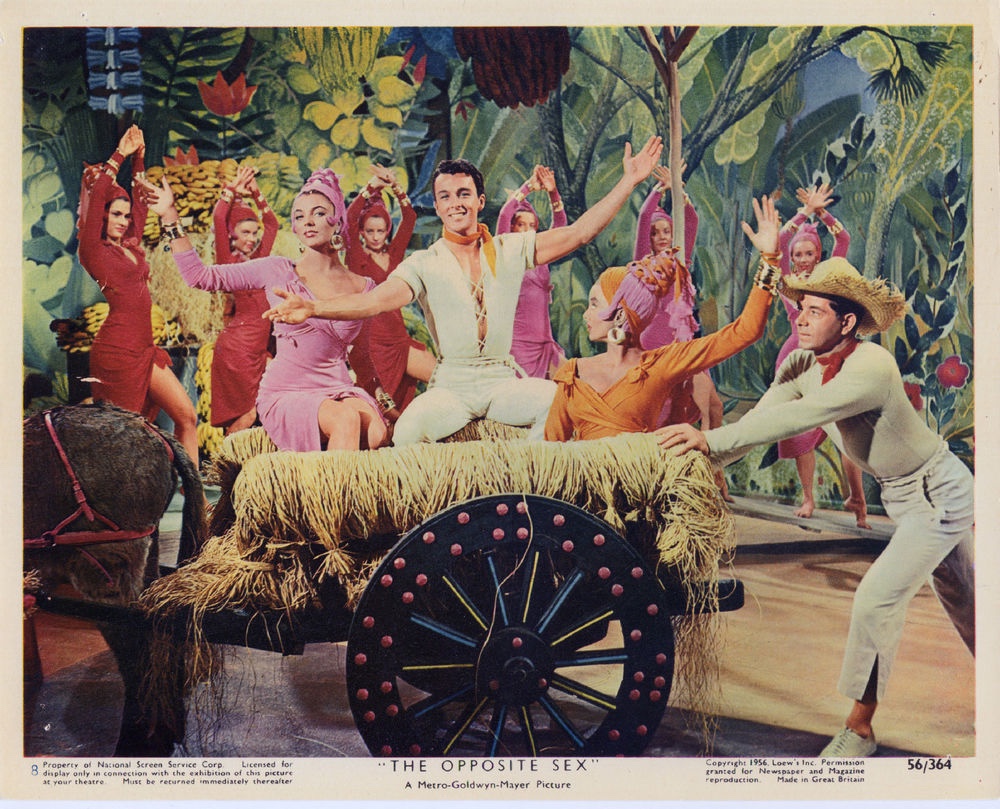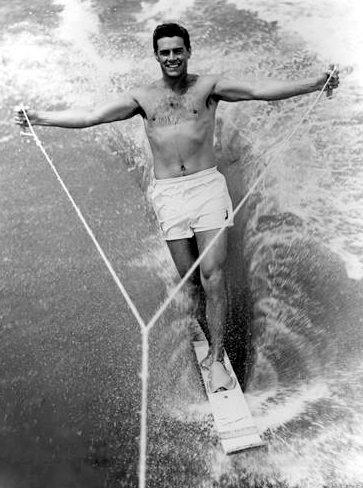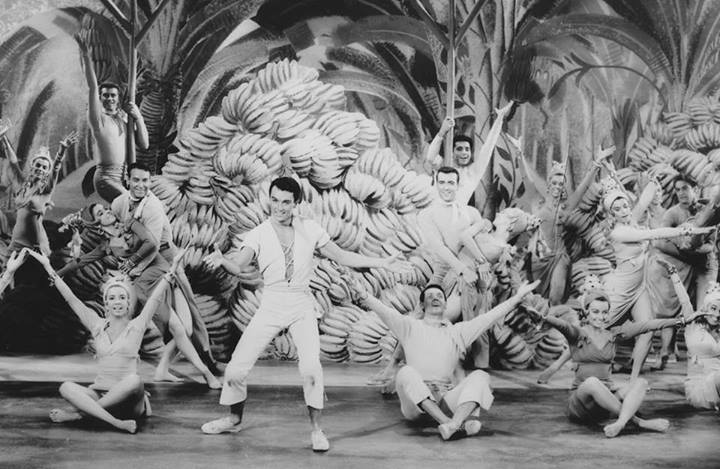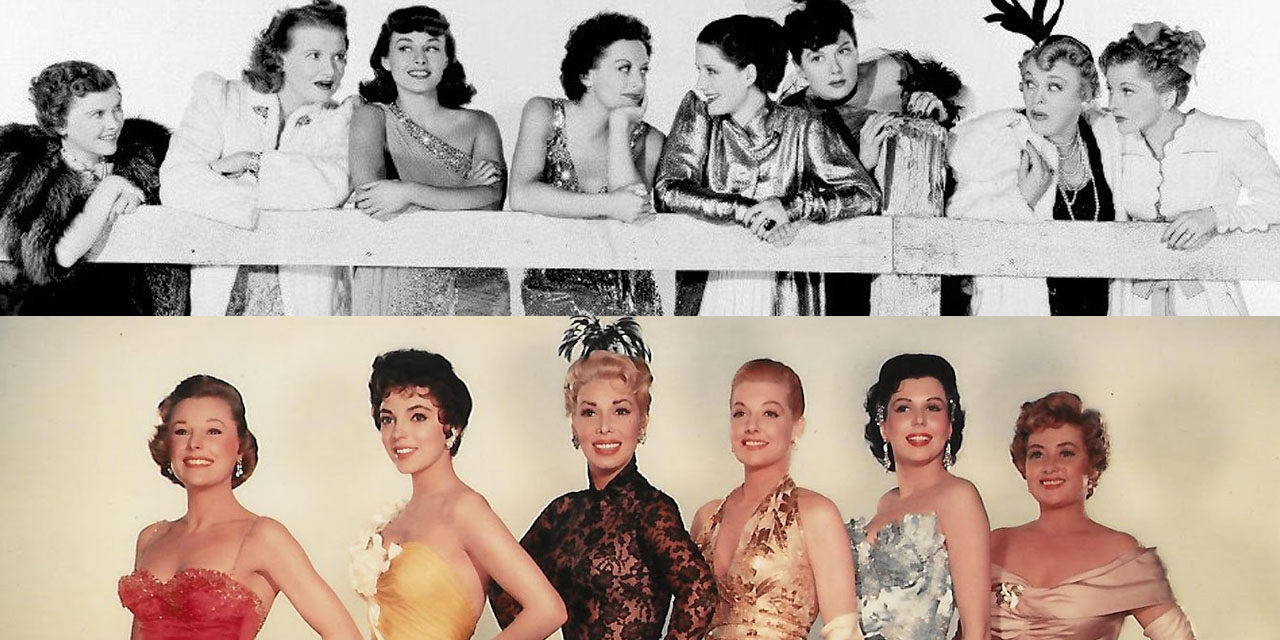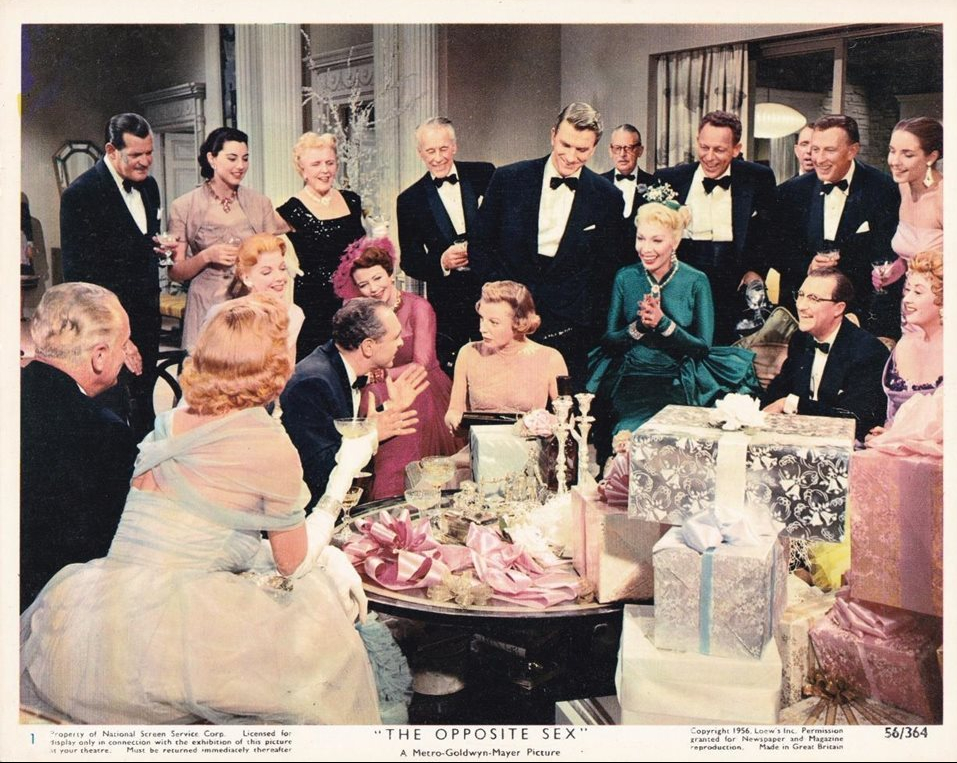The Leonard Maltin Roundtable Discussion included journalists Bob Brauer from ABC Radio, Debra Levine from Artsmeme, Kami Spangenburg from Classic Couple, Carla Renata from The Curvy Film Critic, Manny Pacheco from Forgotten Hollywood, Jan Price from “The Jan Price Show” on iHeart Media, and Christy Putnam from Christy’s Inkwells.

Media writers gathered April 23rd in The Writer’s Room at the Hollywood Roosevelt to visit with film critic, writer, and historian Leonard Maltin before the evening of his Robert Osborne Award. Turner Classic Movies proudly pays tribute to its late host, Robert Osborne, with this award presented annually at the TCM Classic Film Festival to an individual whose work has helped preserve the cultural heritage of classic film for future generations. Leonard Maltin is definitely one of those individuals who has helped discuss, revere and preserve the cultural heritage of classic film.
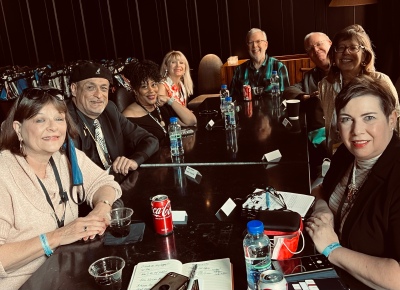
TCM’s publicity release about Maltin reveals his singular devotion and experitise to classic film:
Widely respected among his peers and revered in popular culture for his career as a film critic and historian, Leonard Maltin served as the movie reviewer for Entertainment Tonight for thirty years and is perhaps best known for his indispensable book, Leonard Maltin’s Movie Guide, and its companion volume, Leonard Maltin’s Classic Movie Guide. First published in 1969 as TV Movies and updated multiple times under various titles, this comprehensive collection of thousands of capsule movie reviews has been a go-to source for cast listings, plot summaries, and Maltin’s own trustworthy star ratings, appearing long before the likes of film aggregation sites like IMDb. Maltin is known for his wealth of knowledge on Disney history and has served as TCM’s resident host of Treasures from the Disney Vault. He has contributed to various publications over his career, including Variety and TV Guide, and currently hosts The Maltin Minute for DirecTV and the Maltin on Movies podcast with his daughter, Jessie Maltin. He also teaches at the USC School of Cinematic Arts, sits on the Board of Directors of the National Film Preservation Foundation, and is a voting member of the National Film Registry. Maltin has been awarded numerous honors from film festivals and societies for his work preserving the history of film, including the Telluride Film Festival, the California Independent Film Festival, the National Board of Review, and the American Society of Cinematographers.
Maltin, humble and seemingly amazed at his own background of expertise, answered questions about his illustrious career.
Question: How did it all begin?
Maltin: I’m a child of the first TV generation, so every single day of my life I watched Laurel and Hardy and The Little Rascals. There were a finite number of those shorts, so eventually I watched them a second and third time…and an umpteenth time. I never got tired of them. In fact, quite the opposite. I wanted to learn more about them. It piqued my curiosity.
The restoration of Laurel and Hardy and The Little Rascals has been amazing, and it’s so long overdue. We are so lucky they were still able to rescue them.
Question: Since I spent a great deal of my formative years in Mexico, I was first acquainted with Laurel and Hardy as El Gordo and El Flaco, the name of the duo in Spanish-language presentations. Can you speak to their international fame?
Maltin: It is a fact. They were popular longer than many others. Their popularity extended into the television era here. It made them so widely visible again here. Theatrically, they never went away, in a sense, in several parts of the world.
Question: Can your latest book, Starstruck, be a love story?
Of me and my wife of 47 years. That is for sure. When we met, we talked about getting married the next day. An an unconditional love with my daughter, and now my granddaughter who lives under the same roof. We get to watch her everyday and that is a light into our lives.

And my love of movies which is unabated.
Question: Can you pick a favorite film choreographer?
Maltin: How do I pick my favorite? Is it Busby Berkely? In the Laserdisc era, Warner Home Video put out the Busby Berkely disc, and now that’s morphed into a Blu-ray where the quality is even better. I find such joy and fascination in what he did and what he accomplished. I don’t think I would have liked working for him, but the end result at first, is unmistakable. Talk about having a signature.
Other choreographers Maltin admitted that he admired include Stanely Donen, Gene Kelly, Jack Cole, and Michael Kidd. “I hosted a tribute to Mary Poppins at the Academy, maybe 20 years ago.”
(Several of the attendees who participated in the making of Mary Poppins, 11 or 12 by Maltin’s recollection, were present on stage or in the audience, including co-choreographer Didi Wood.)
And Maltin asked Wood the following question during the Academy event….
“It just occurred to me, Didi, was the chimney sweep sequence influenced at all by the barnraising in Seven Brides for Seven Brothers? She said, ‘We stole everything from Michael Kidd.’ They were his assistants. She didn’t dispute it, she confirmed it.”
Question: What are your thoughts on the future of classic films?
Maltin: I think the future is good. Largely because of TCM and other institutions and devotees like you all who are writing about it and blogging about it, and having conversations about it. I don’t know if it’s a growth sector of our economy, but there are just enough people who are passionate about it to keep it alive and well.
Journalist Manny Pacheco asked Maltin about his relationship with Robert Osborne:
Maltin: Robert became the best ambassador to classic Hollywood anyone could possibly want or dream of. We were friendly, we were not close friends, and I absolutely admired him and what he pulled off. He was lucky enough to land this gig. He was the right guy. It was easy for viewers to embrace him as they did, and he had a great deal to do with launching TCM and expanding the audience.
As Maltin was a guest programmer one evening, Osborne told Maltin during a break that “I have no training for this.” Osborne, at times, still didn’t feel completely at ease reading those scripts. “But he was not a machine or a plastic corporate creation.” Maltin felt that Osborne was “the right guy. His look, his bearing, his manner, he was so at ease and so comfortable, and so dignified.”
Personally, Maltin revealed that he “loved the fact that Osborne lived in a building on 47th St. that bore his name.”
Question: What is Leonard Maltin’s favorite genre?
Maltin: Comedy, but in the classic era. I was weaned on Charlie Chaplin, Laurel and Hardy, and Buster Keaton.
Question: Any advice for future critics?
Maltin: It’s never been easier to do it. Self-publishing and now you can reach an audience. If you’re good, the news starts to spread. Reaching out and writing to people who are established helps…
Question: Do you have any advice to the current TCM Hosts?
Maltin: They’re all doing a fine job. I wouldn’t presume to give them advice. They don’t need any coaching from me. That’s why this festival is so great. They get to interact with their viewers. They are surrogates and guides through classic films and Hollywood. Very few channels, if any, have that.
Maltin added that the hosts “each bring something of themselves to their comments” on TCM.
Journalist Jan Price asked Maltin what it meant to receive the Robert Osborne Award from actor and director Warrren Beatty….
Maltin: It means the world. There are not many who reached that plateau. There are stars, legends, and then there is Warren Beatty. I was a teenager when Bonnie and Clyde came out. …It made a deep and lasting impression on me, and I followed him ever since.
Question: What does legacy mean to you?
Maltin: I don’t think about legacy. I think about what I am doing next week.
Leonard Maltin’s latest book is Starstruck: My Unlikely Road to Hollywood.
One April 23rd, Leonard Maltin received the Robert Osborne Award, presented to him by Actor and Director Warren Beatty at the American Legion Post #43 before a standing-room only crowd for a screening of Counselor at Law, a film hand-picked by Maltin for the occasion.
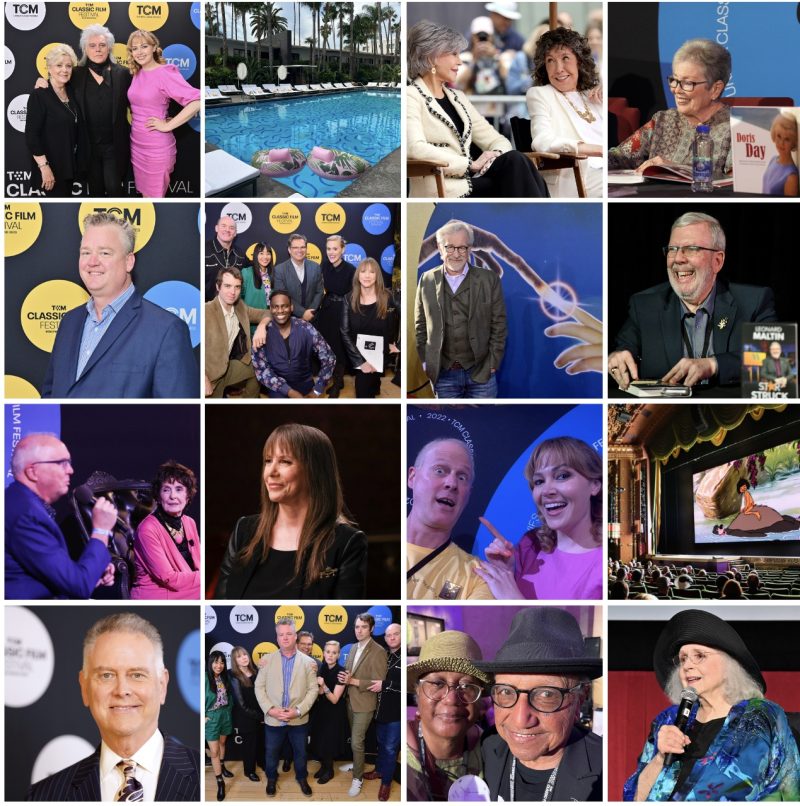
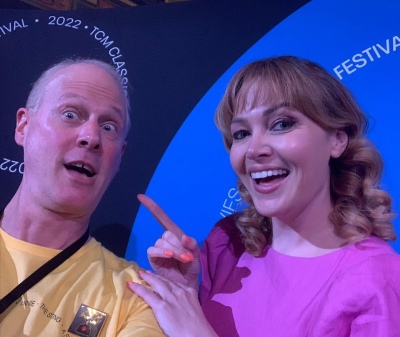

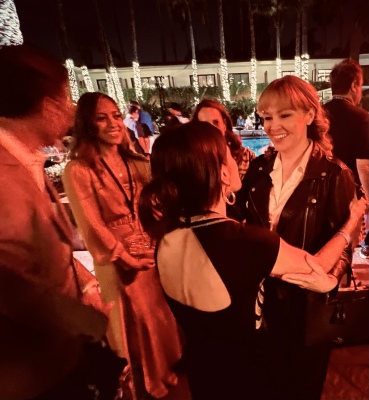
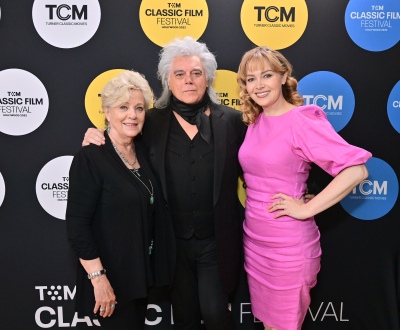
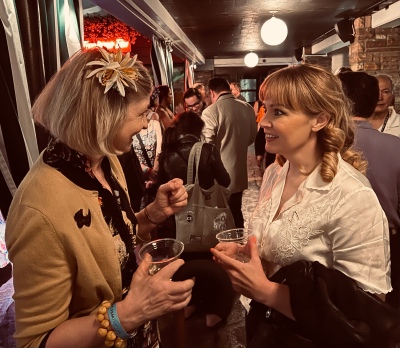

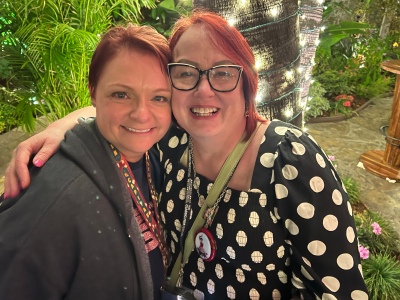

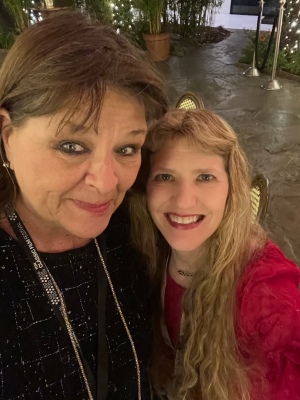

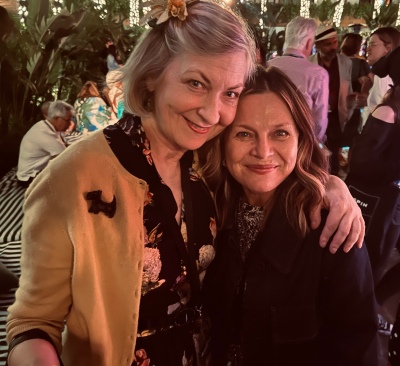



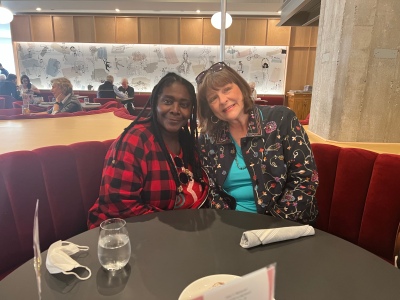
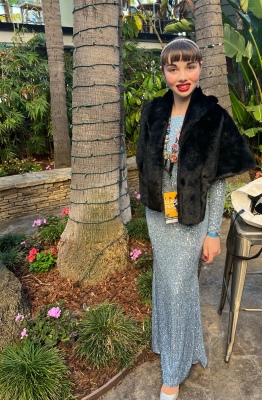
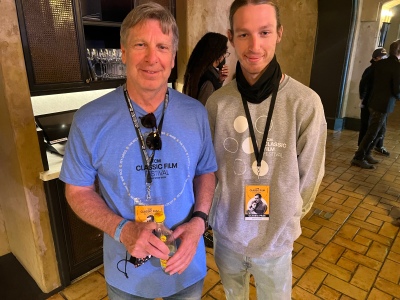




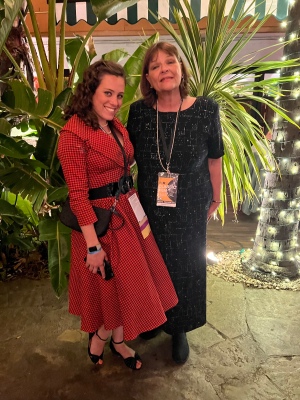
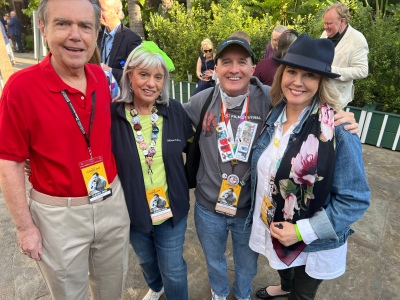
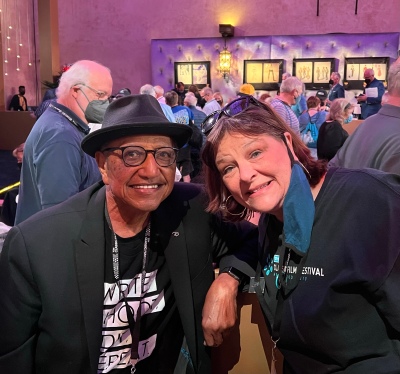

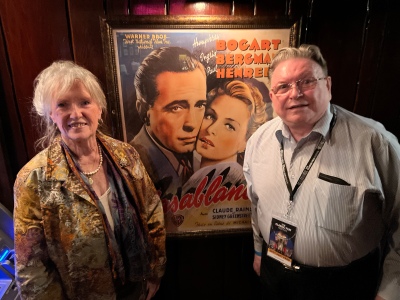
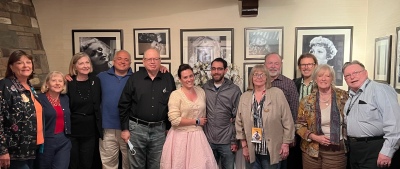
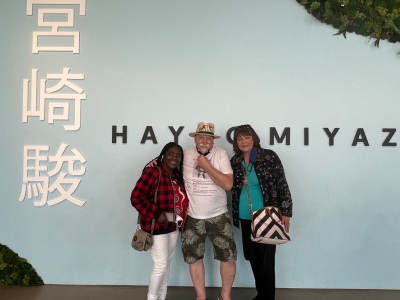
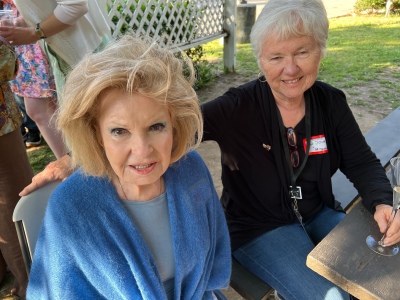
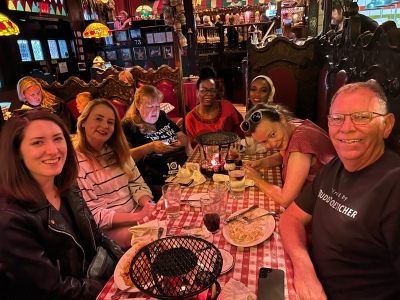
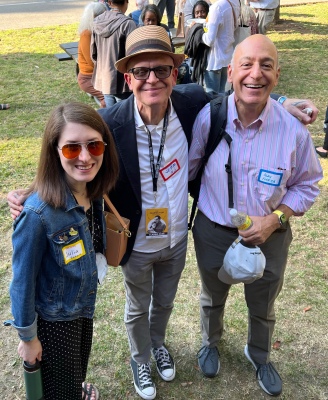
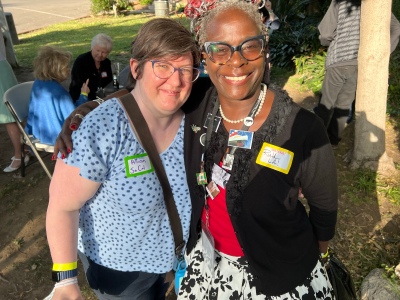

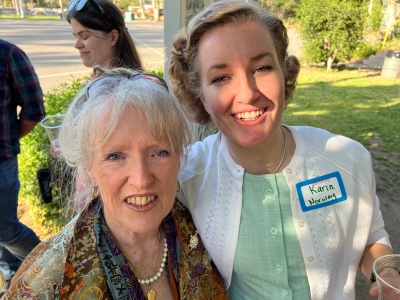

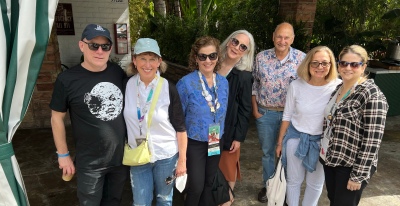

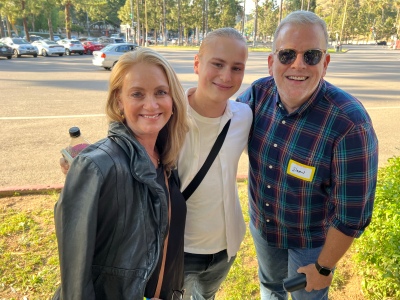
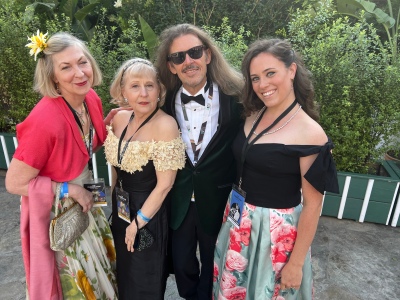

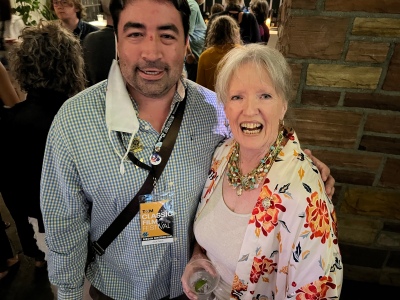
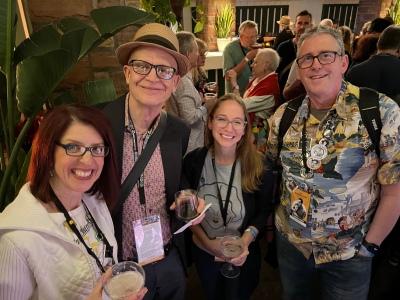
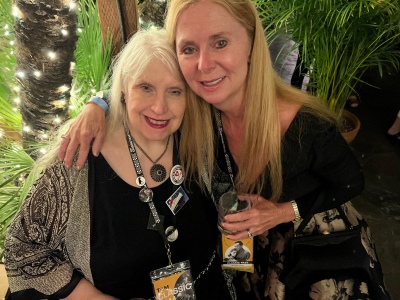

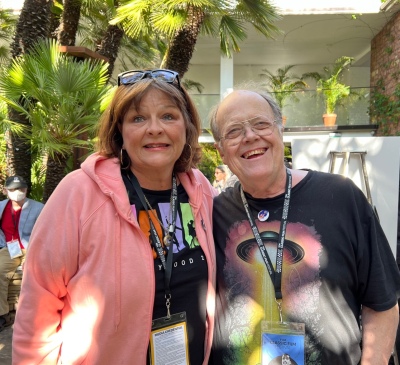



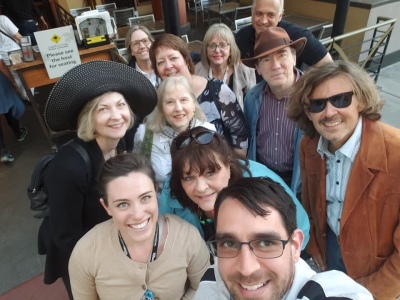
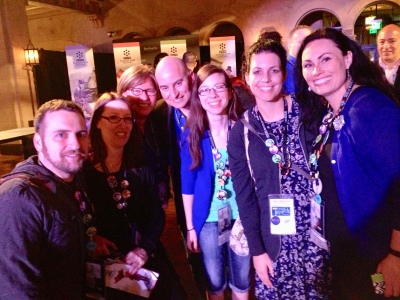
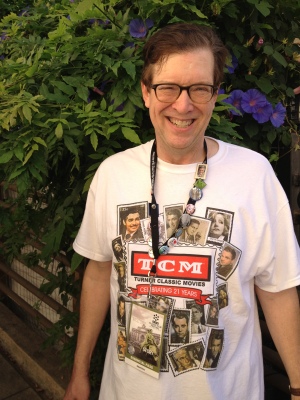
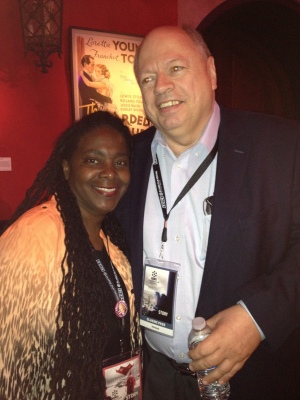
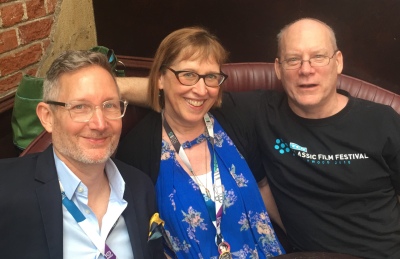



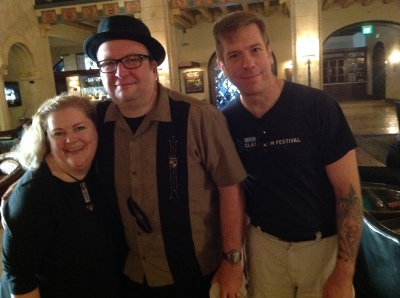
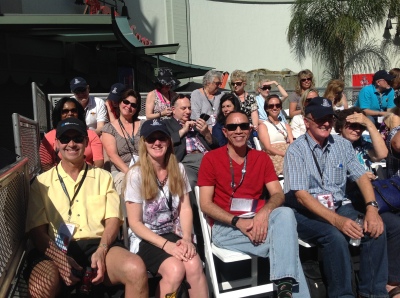
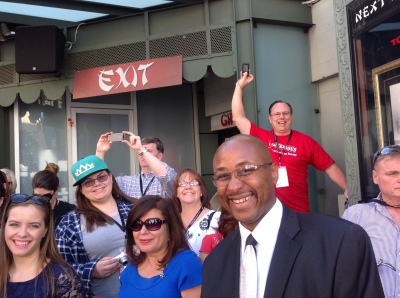


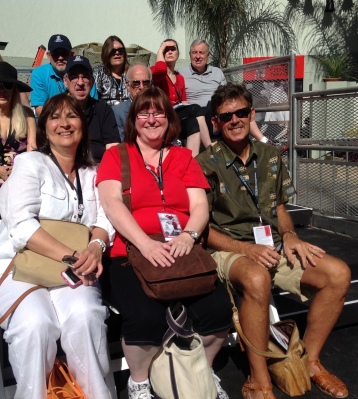
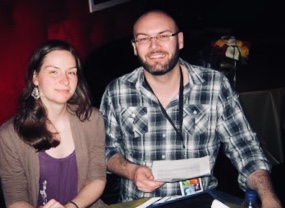
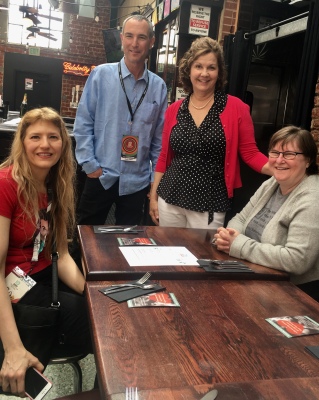
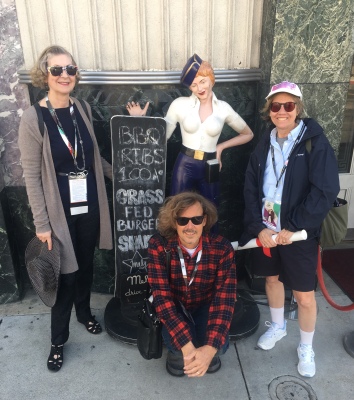
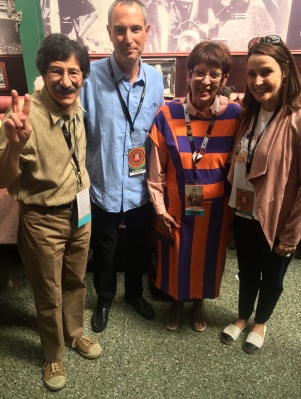



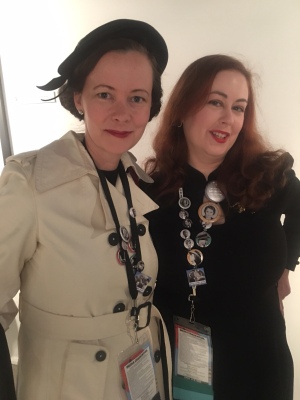
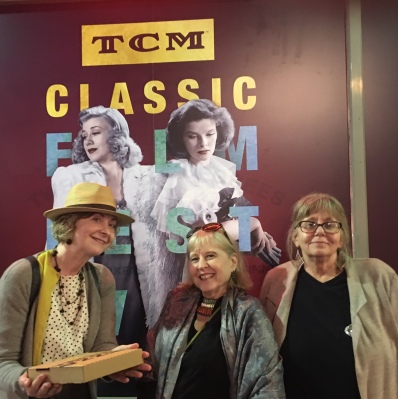
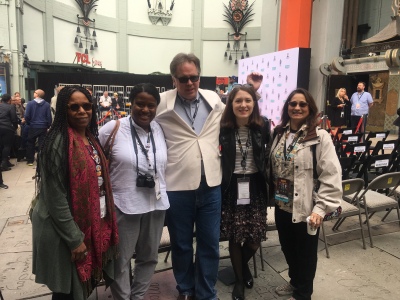
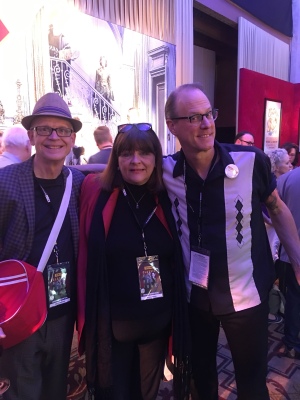
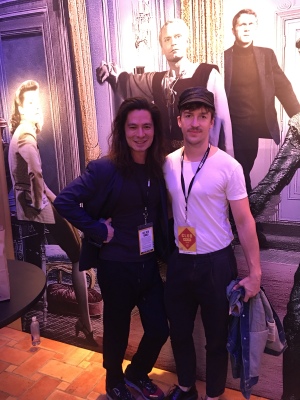
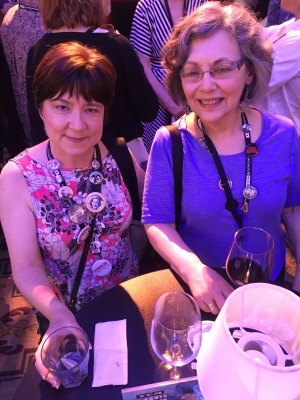
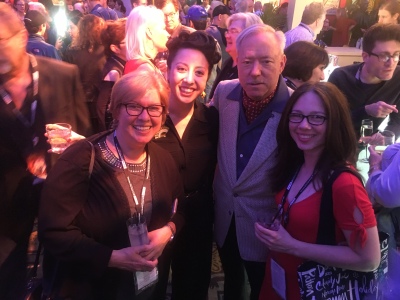
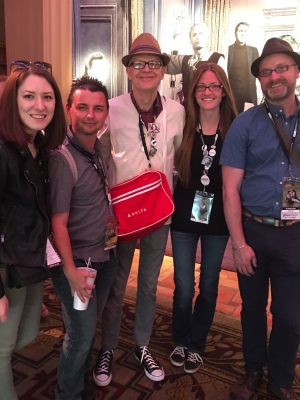
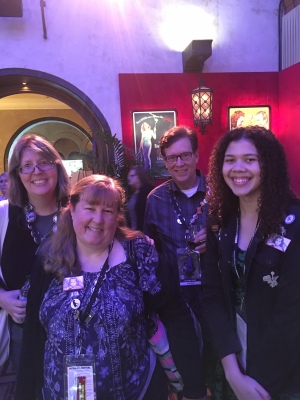

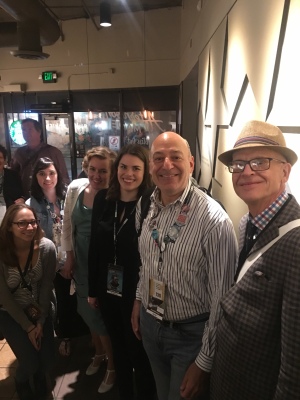
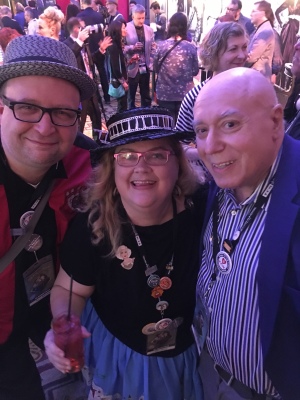

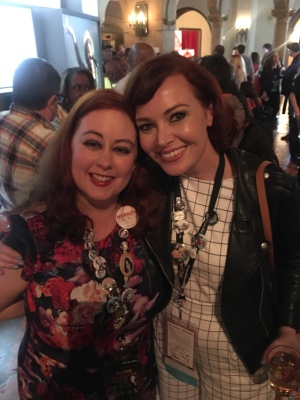


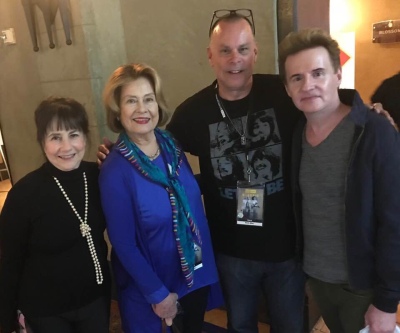

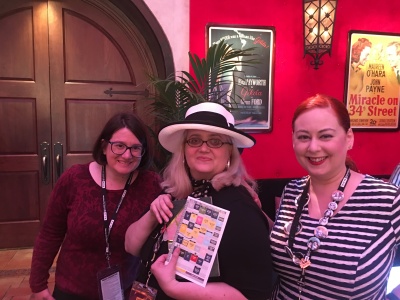


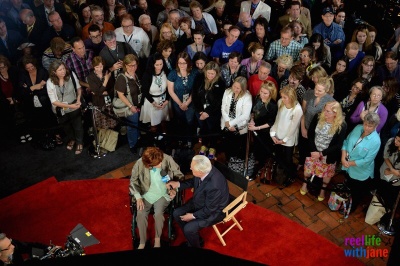


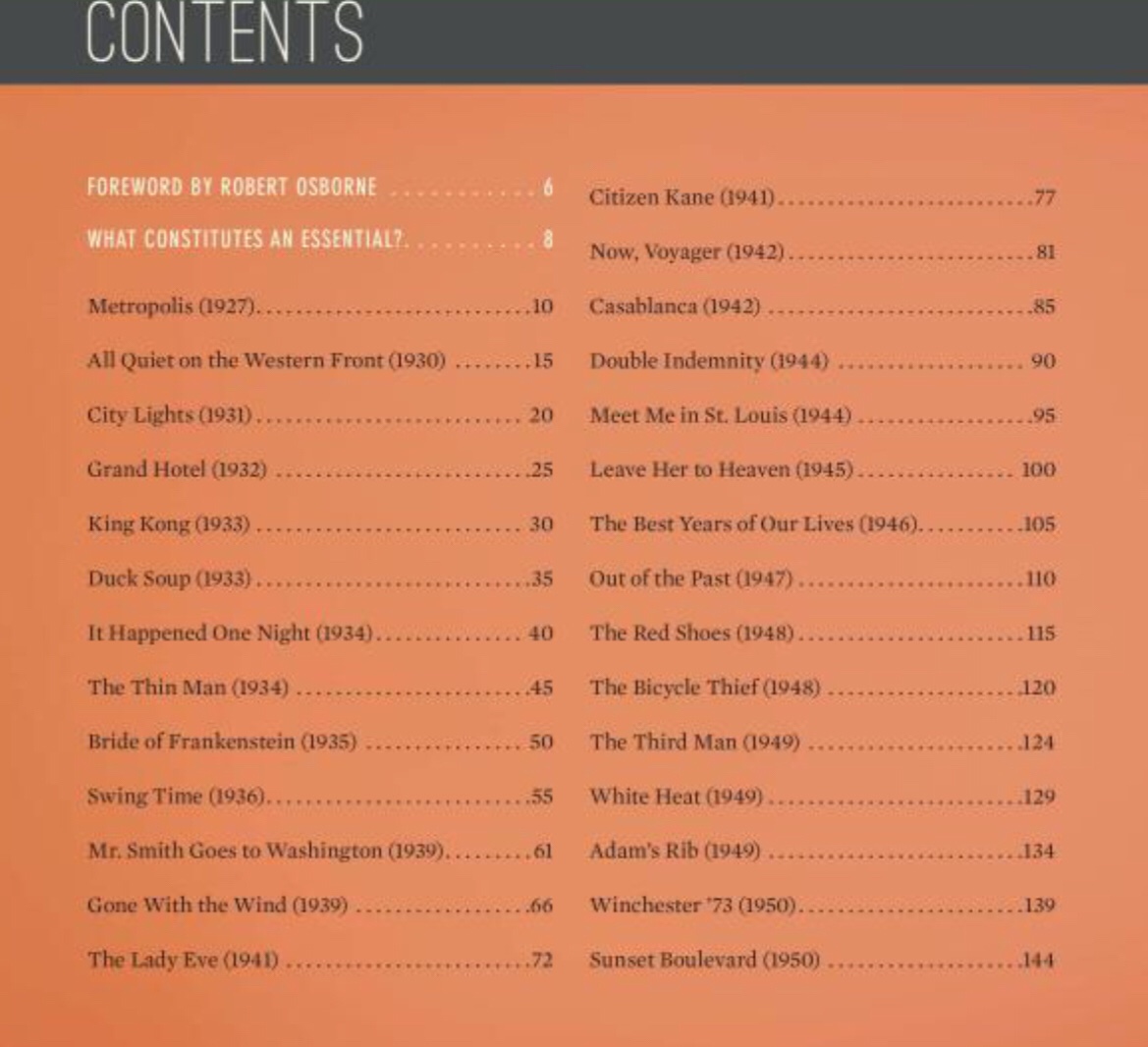
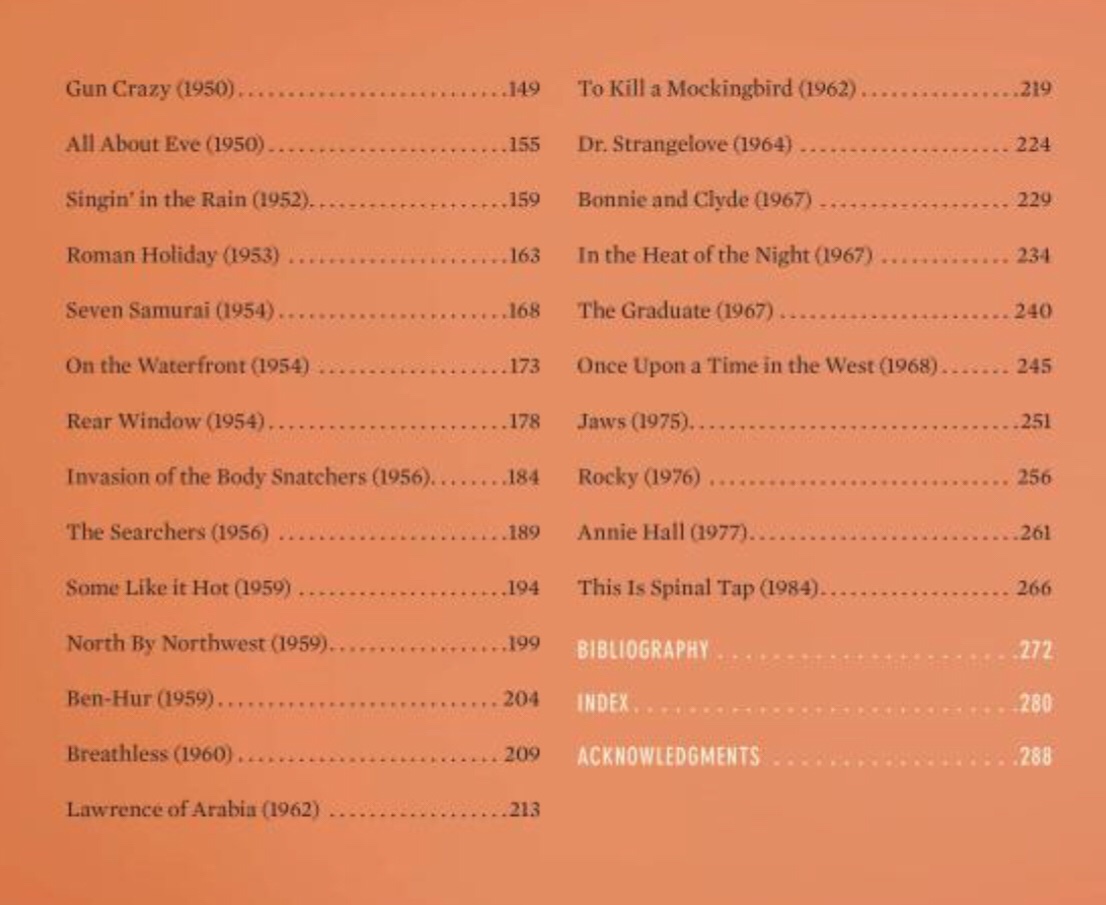





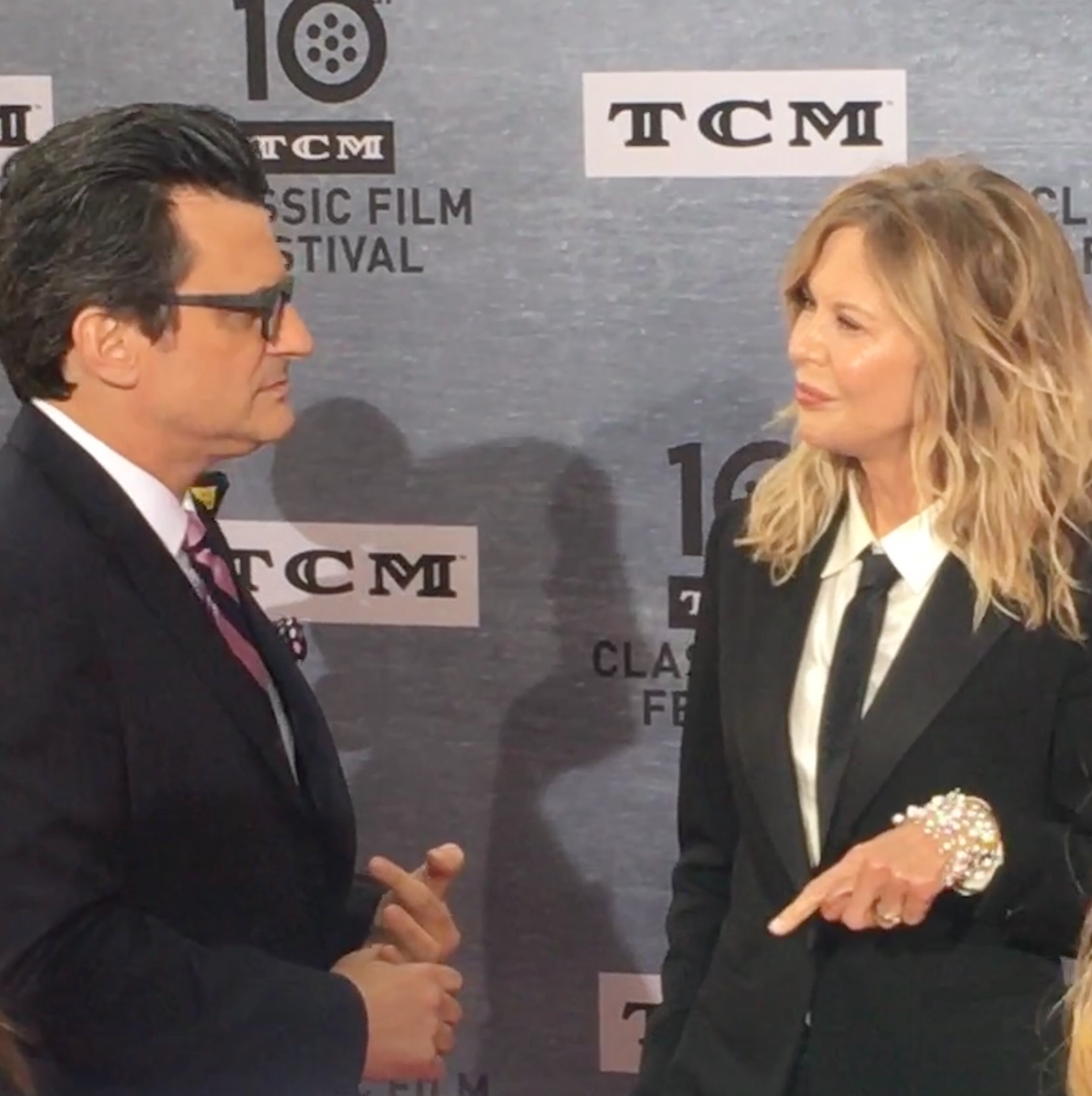

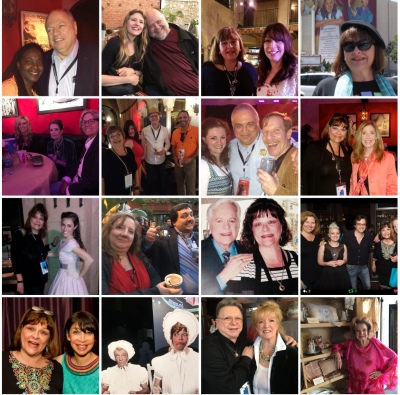
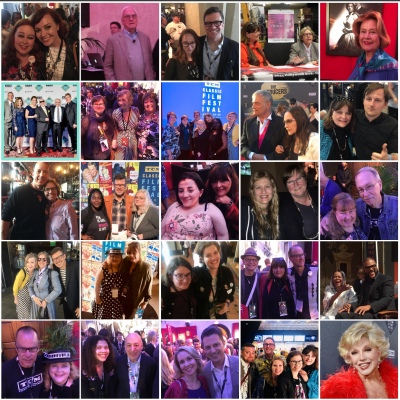


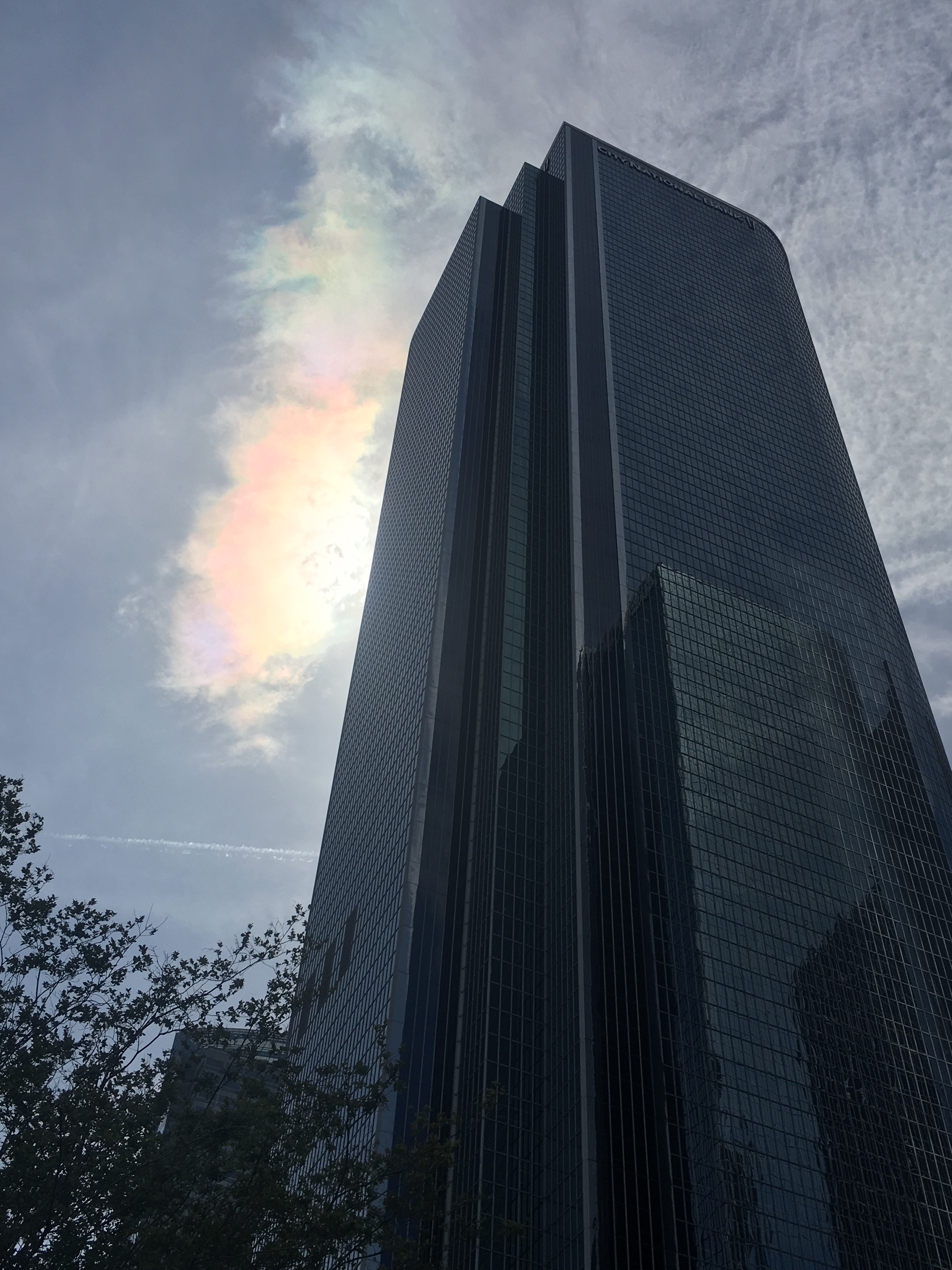
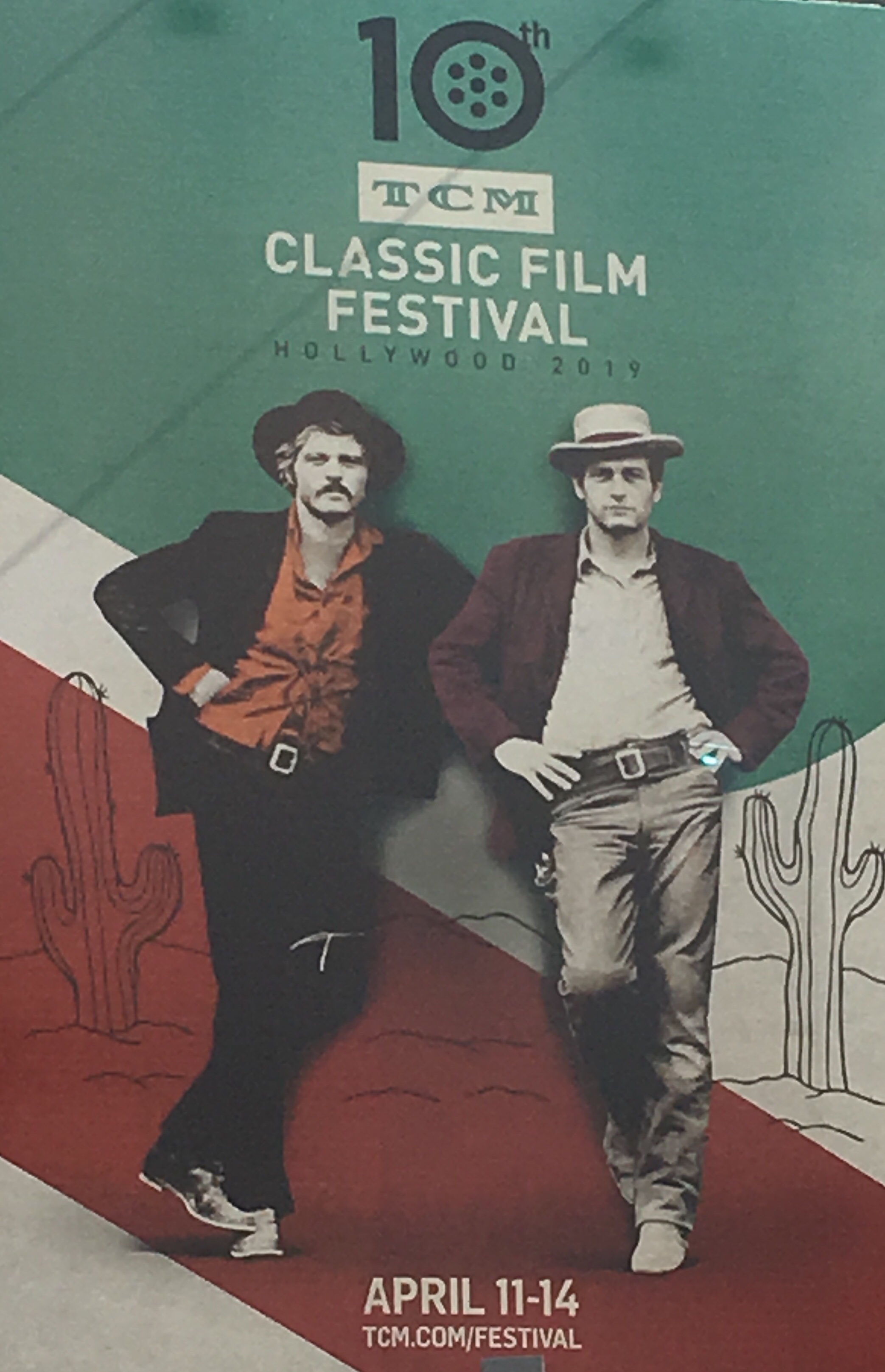

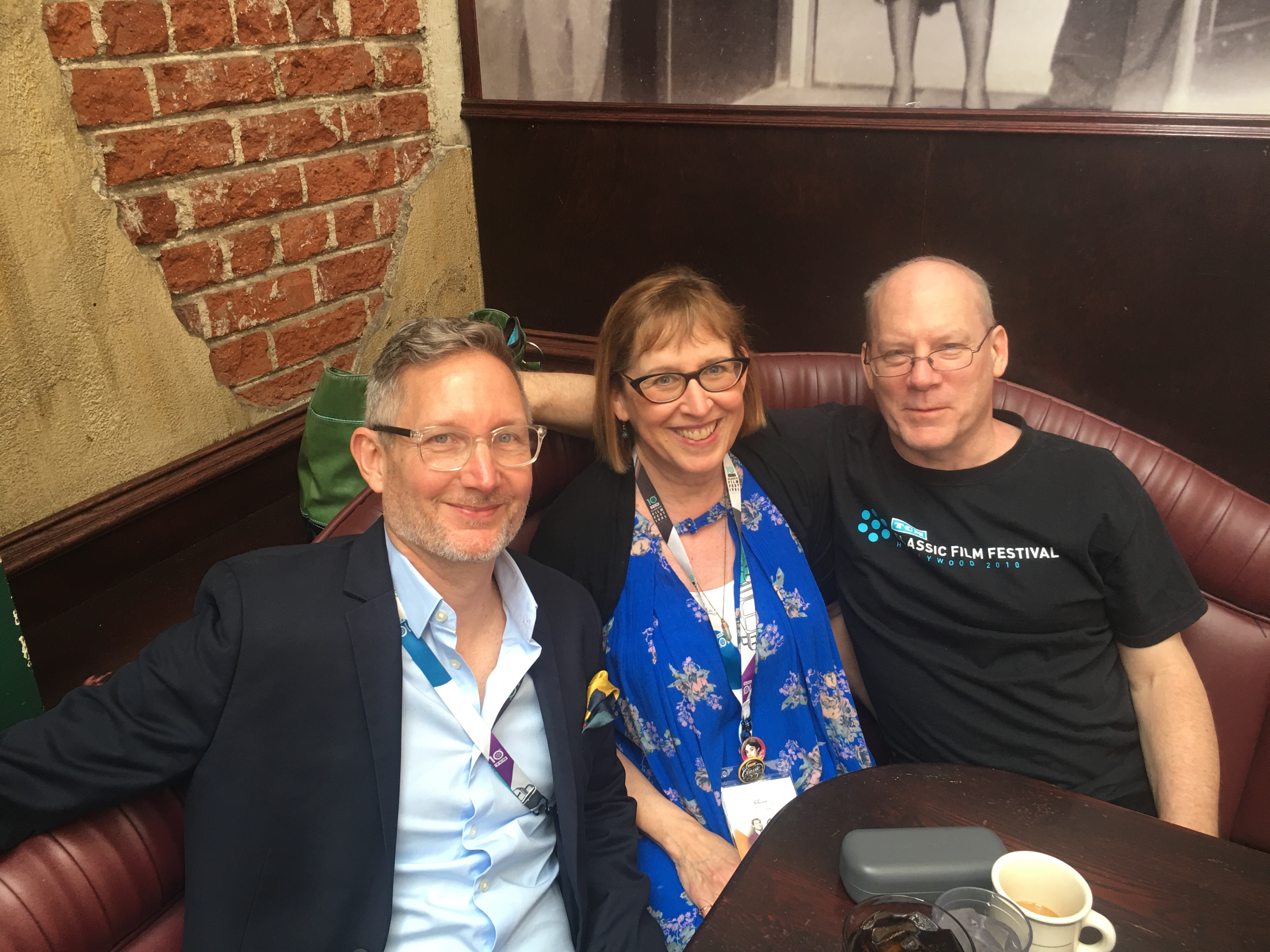

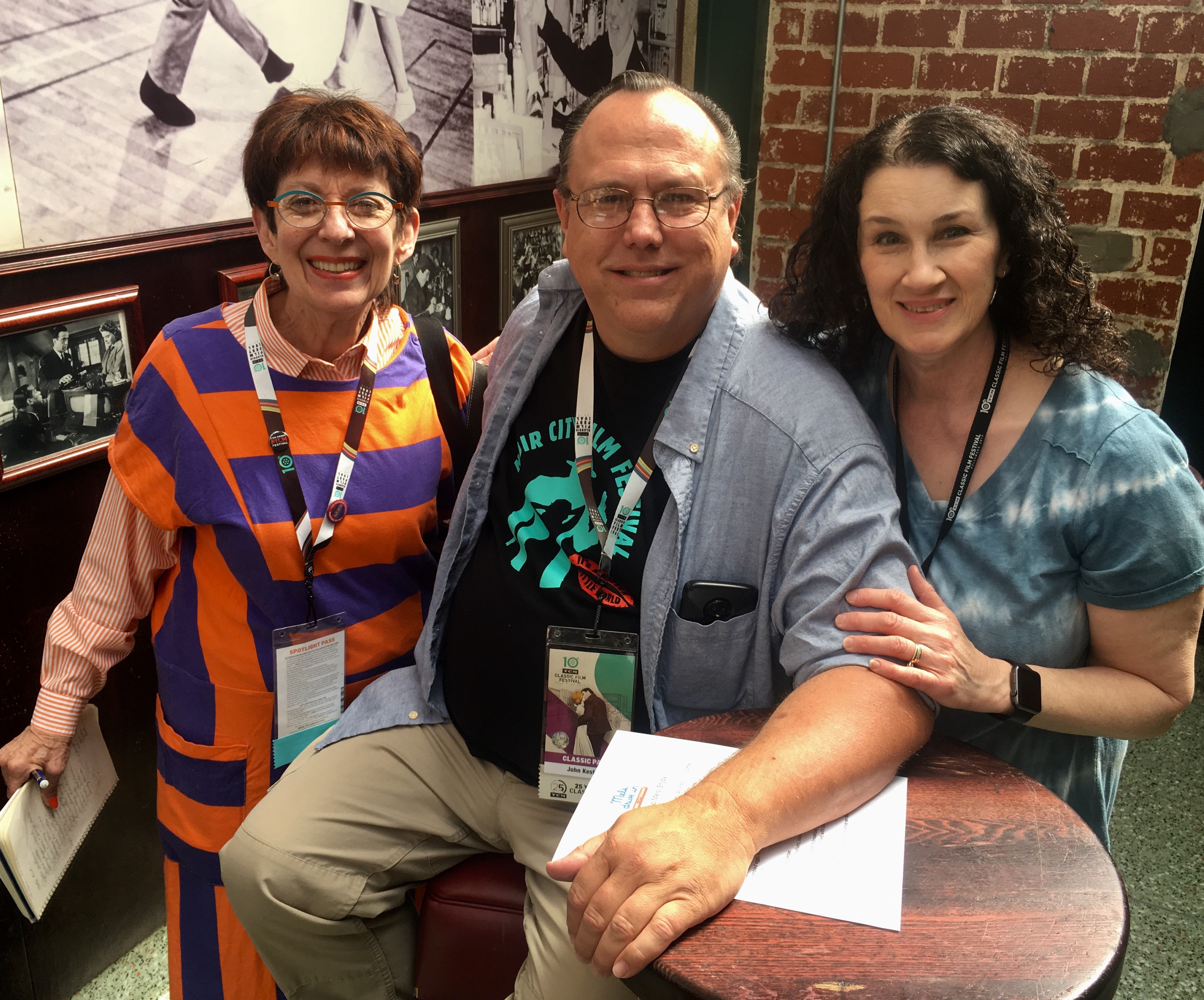

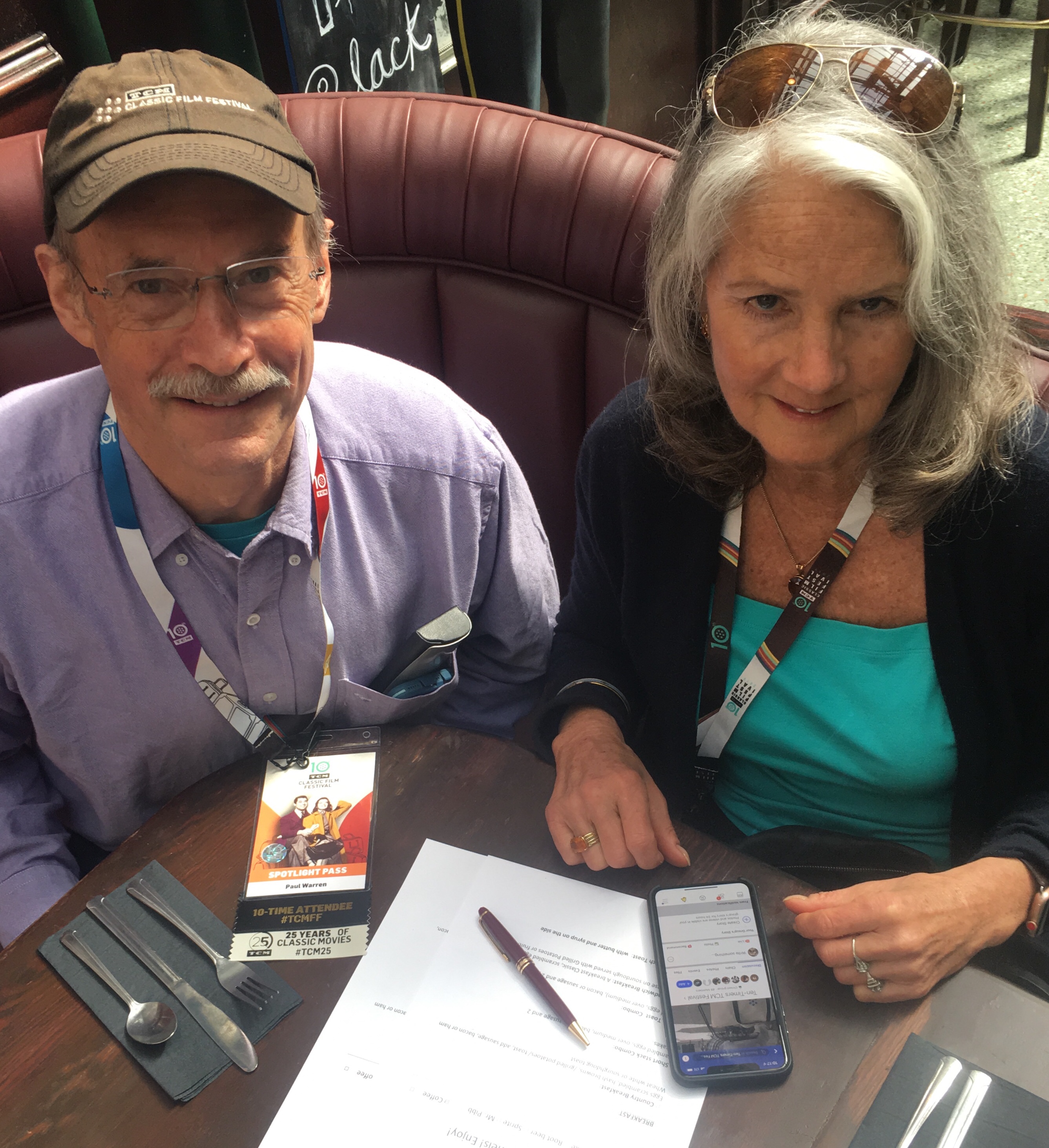
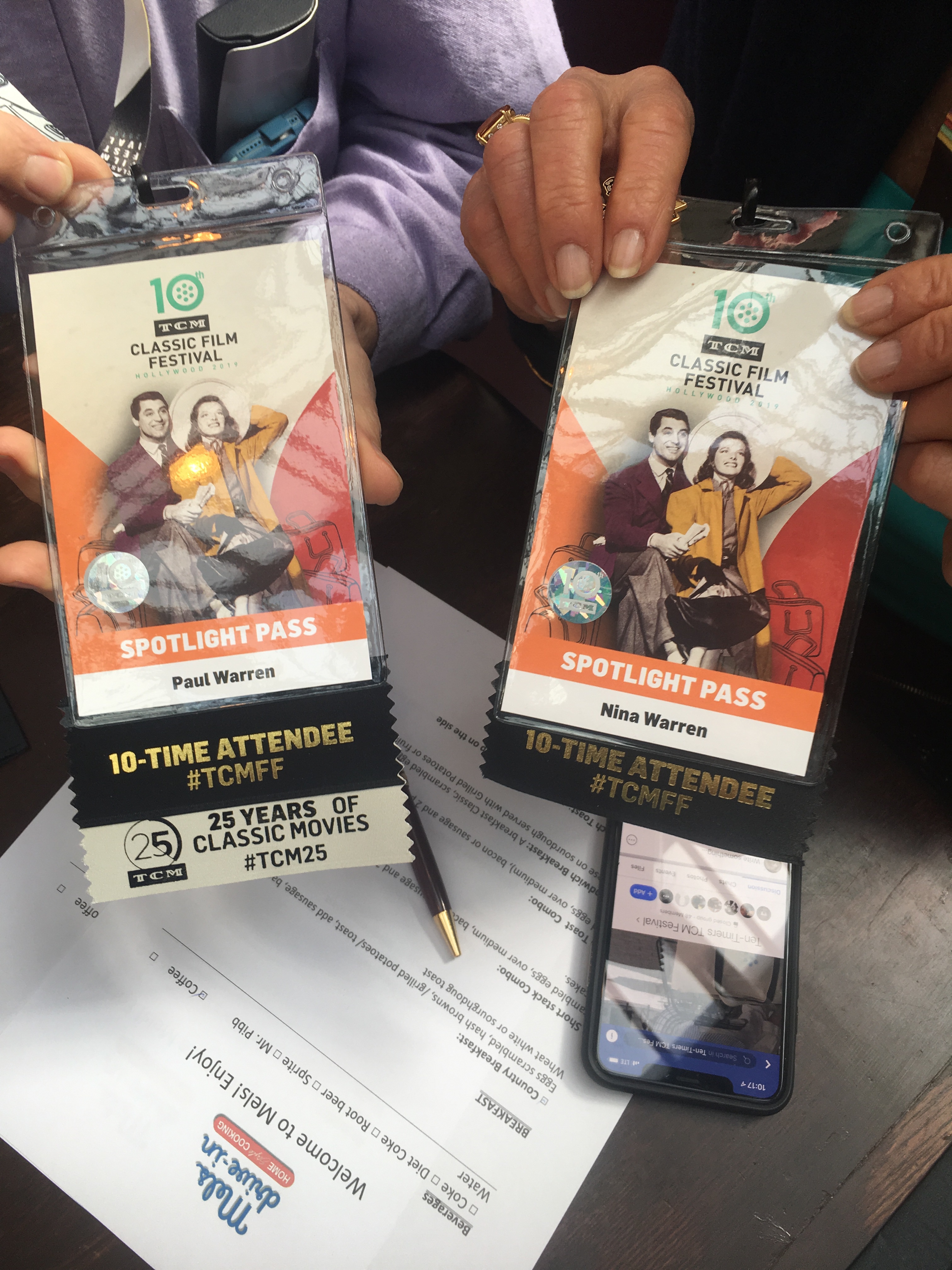

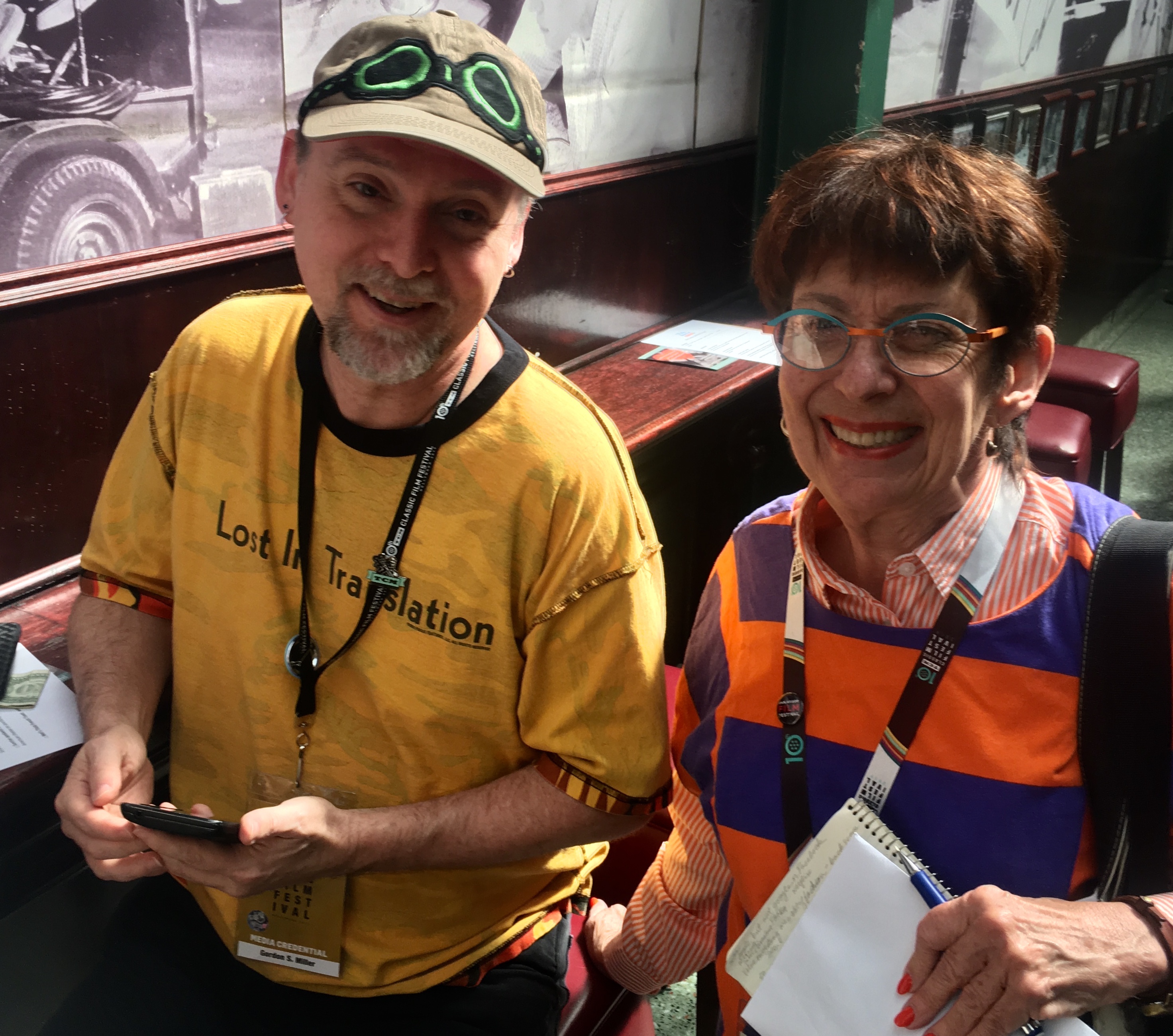
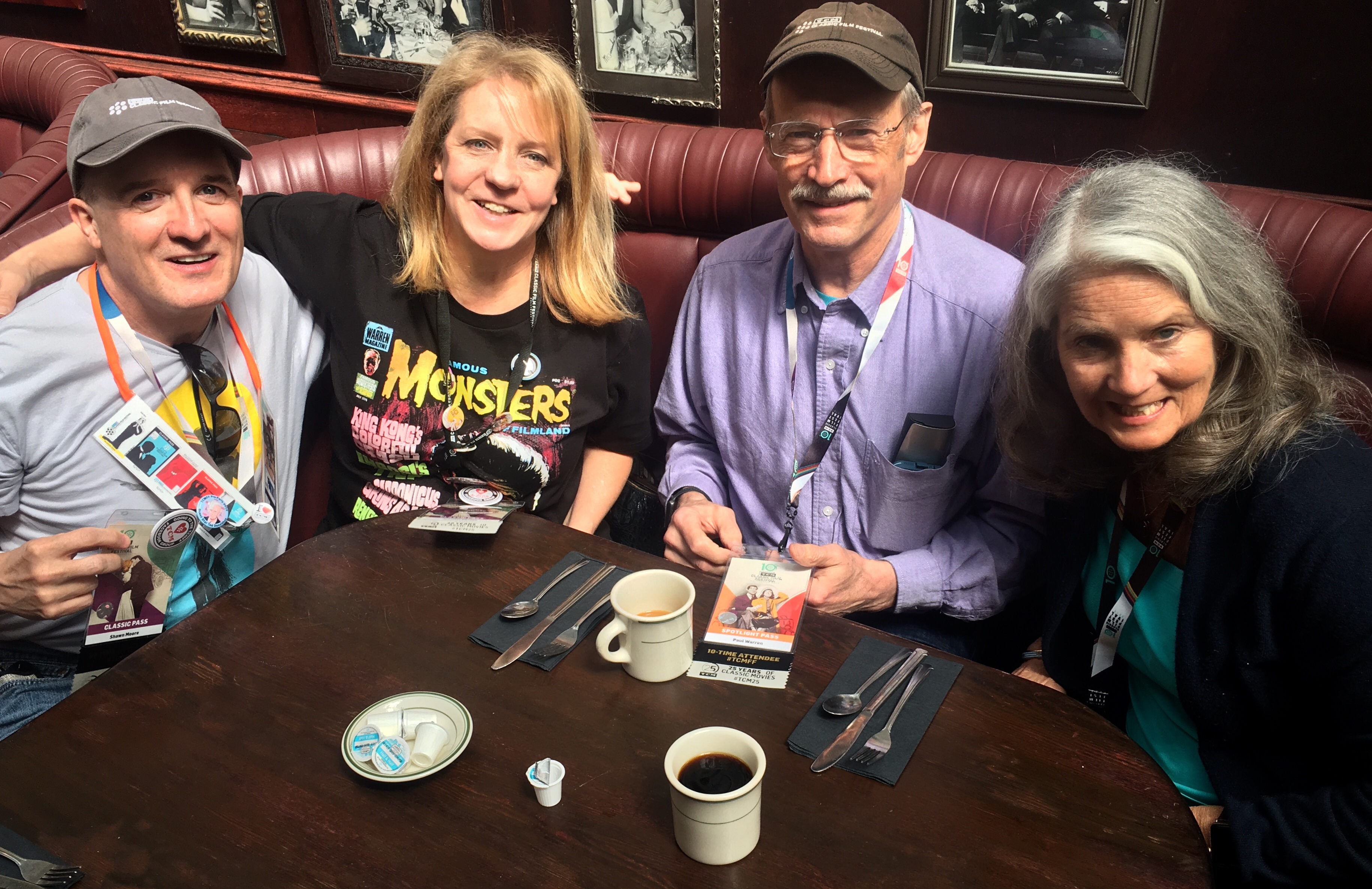

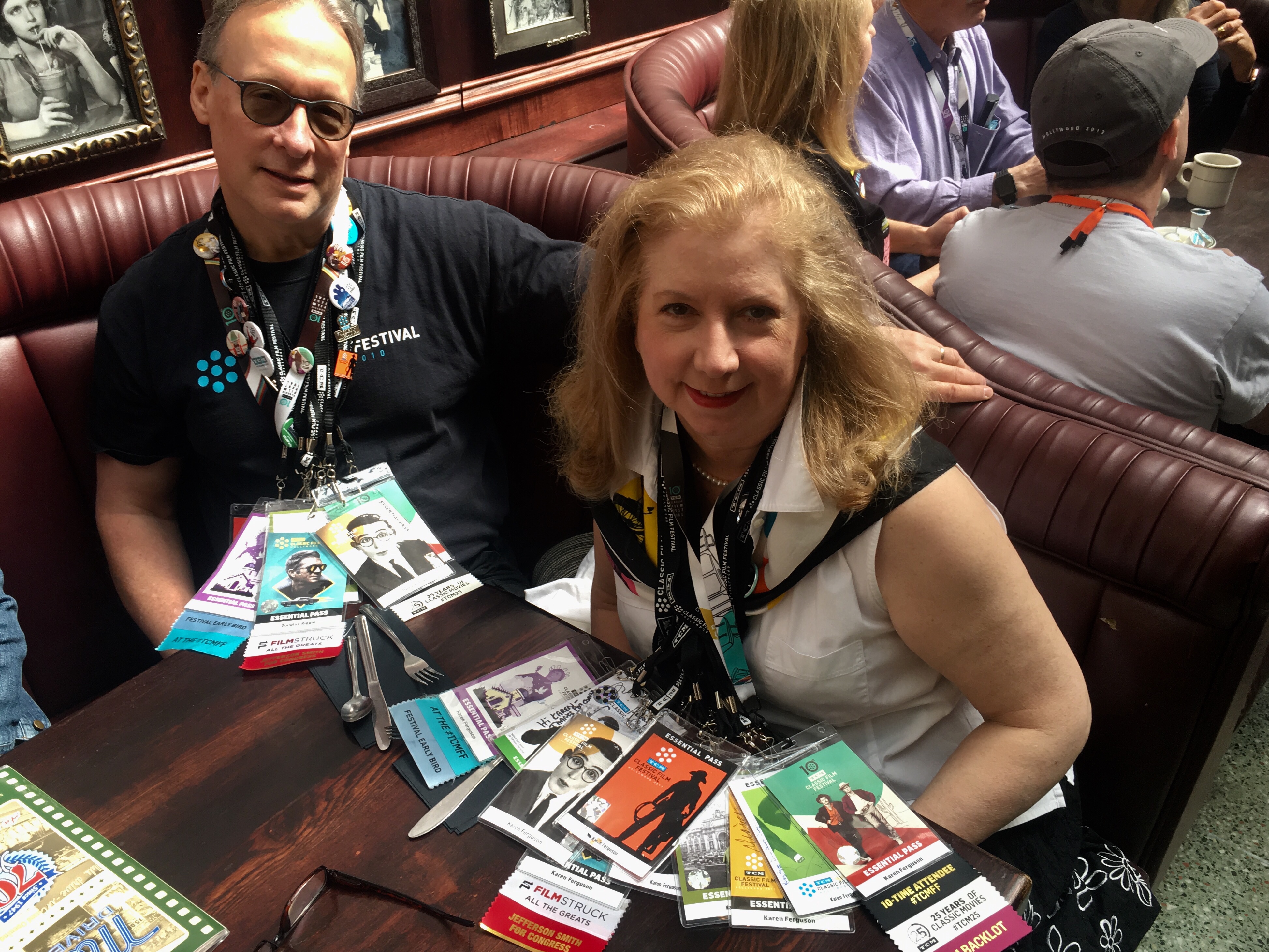
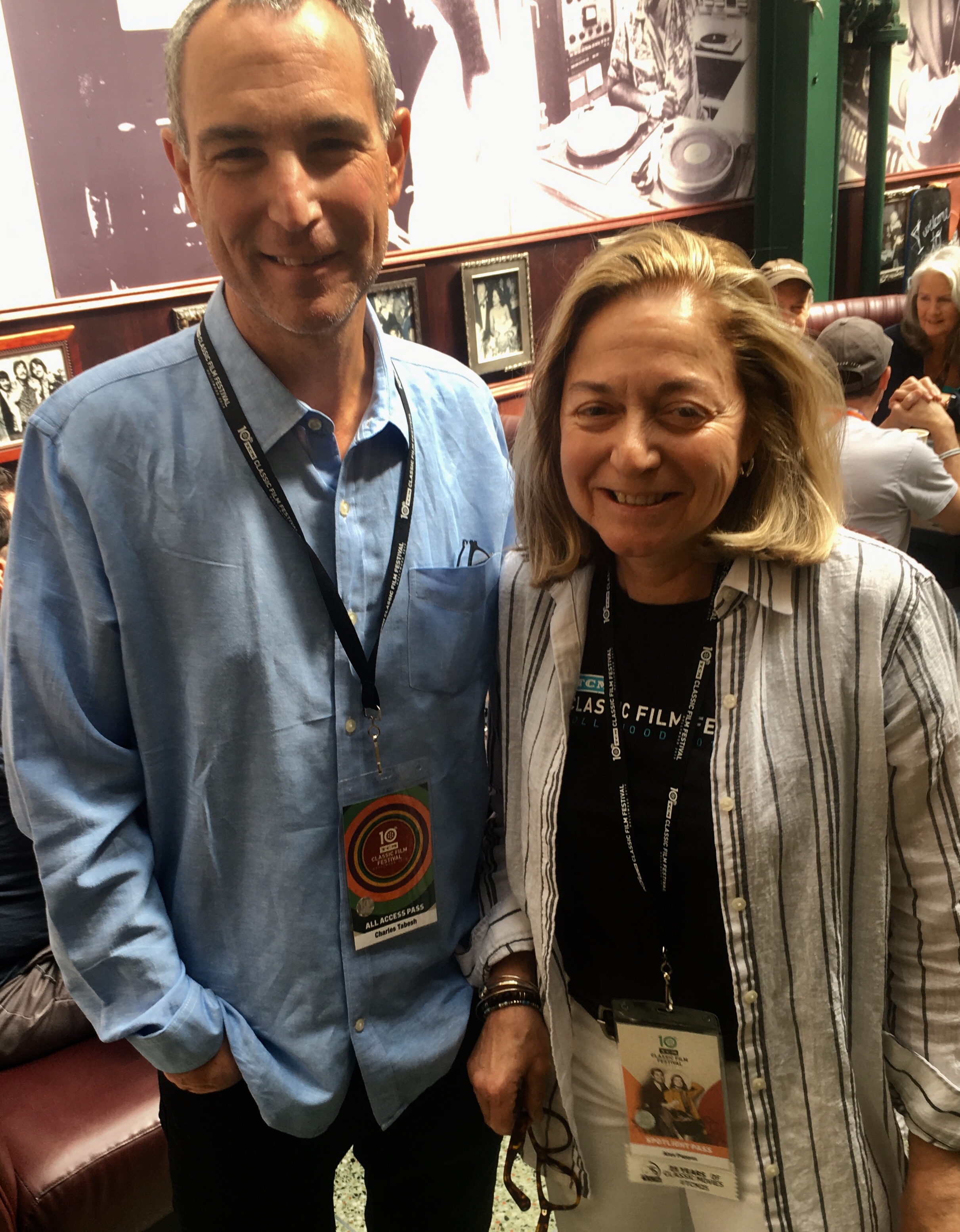
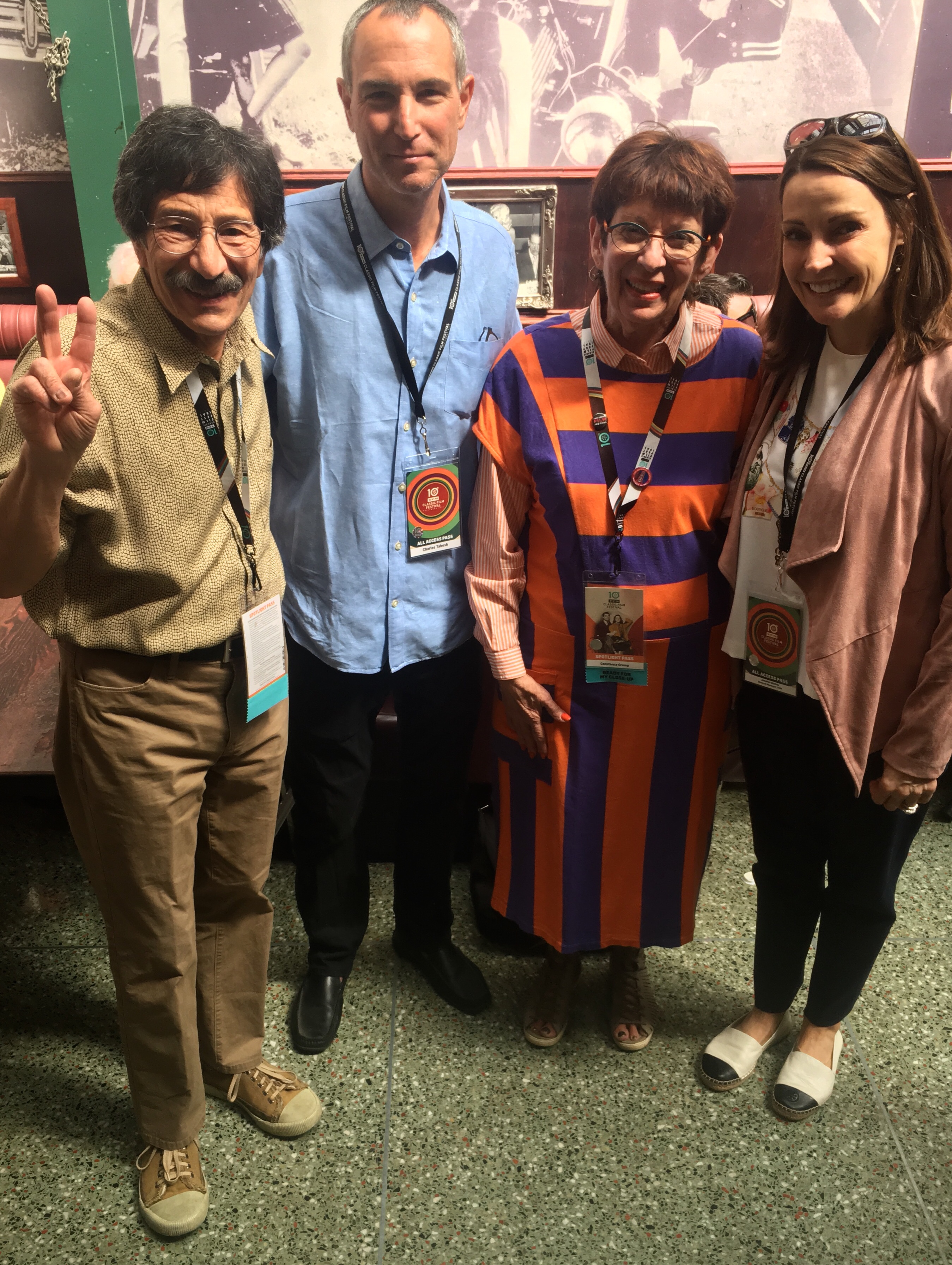
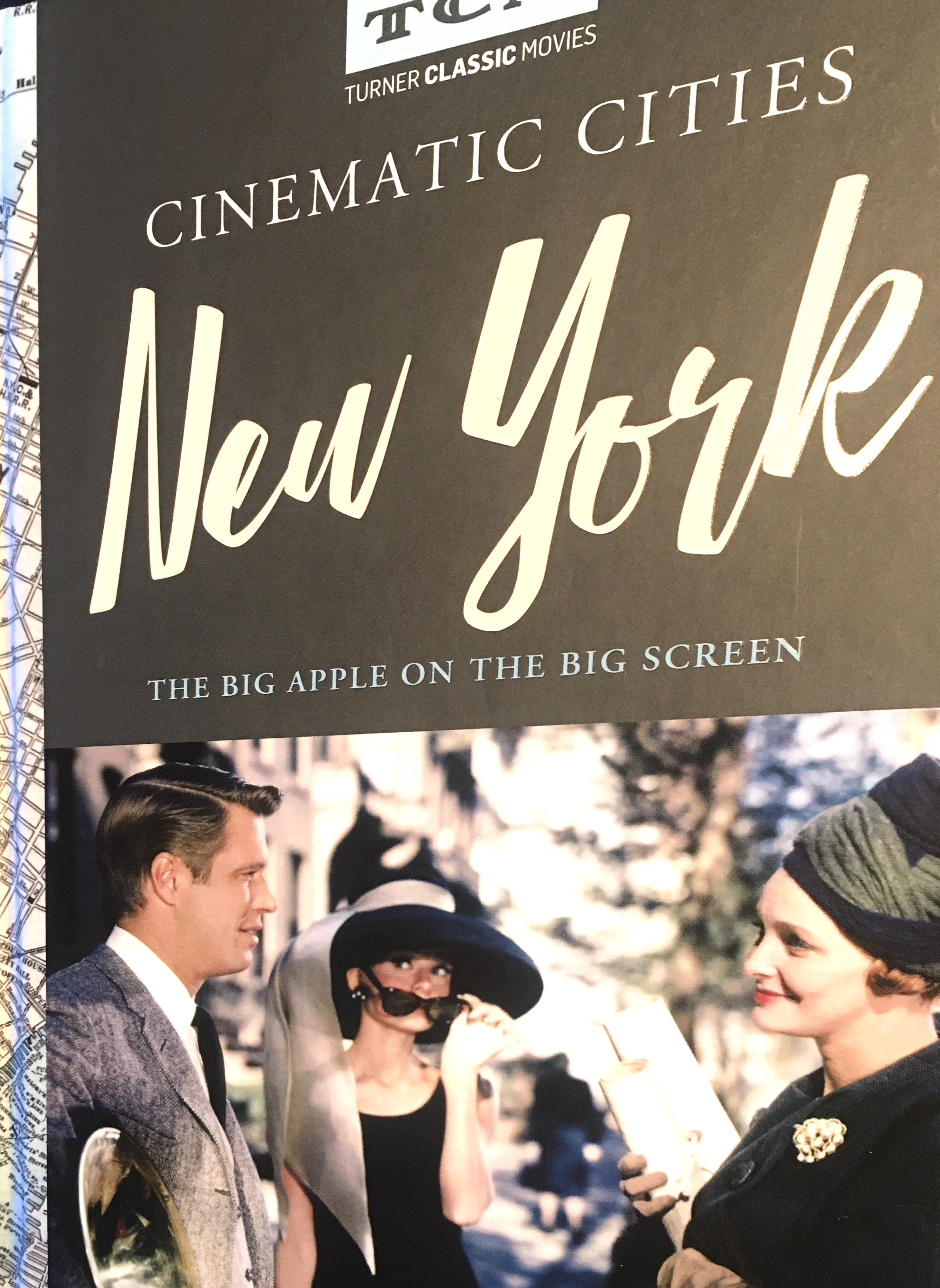

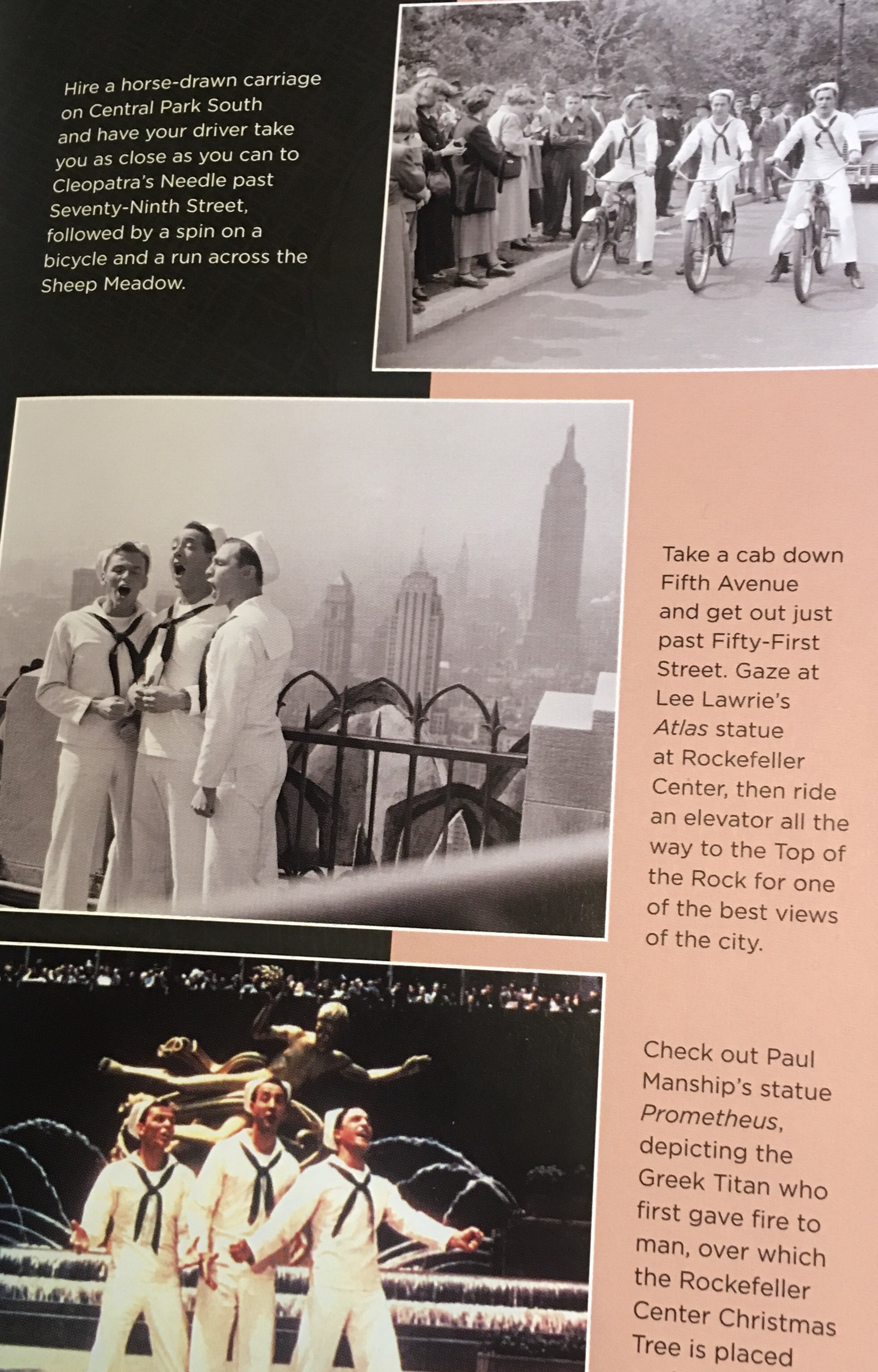
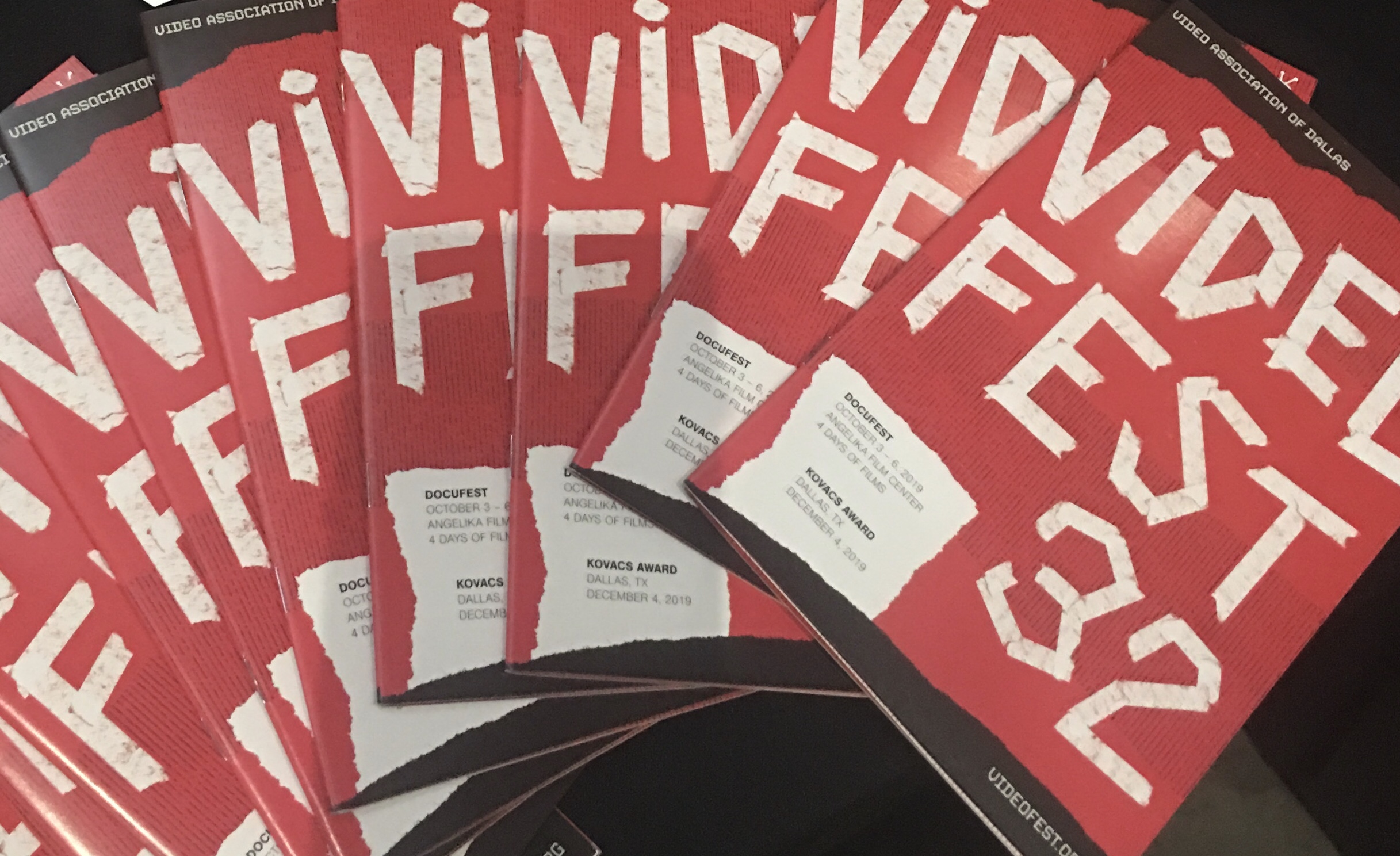
 Elizabeth Coffman, Director of Flannery, Director Chuck Workman, and Artistic Director of Dallas Videofest and Dallas Docufest Bart Weis at the Dallas Docufest’s Director’s Brunch….
Elizabeth Coffman, Director of Flannery, Director Chuck Workman, and Artistic Director of Dallas Videofest and Dallas Docufest Bart Weis at the Dallas Docufest’s Director’s Brunch….

 Are You Going to Sydney’s?
Are You Going to Sydney’s?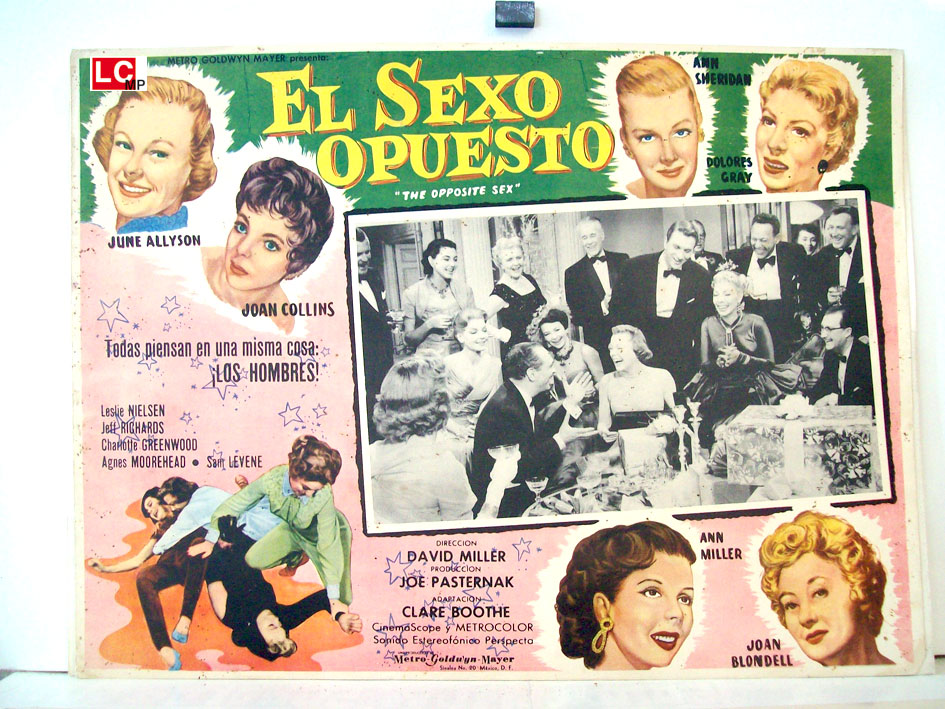
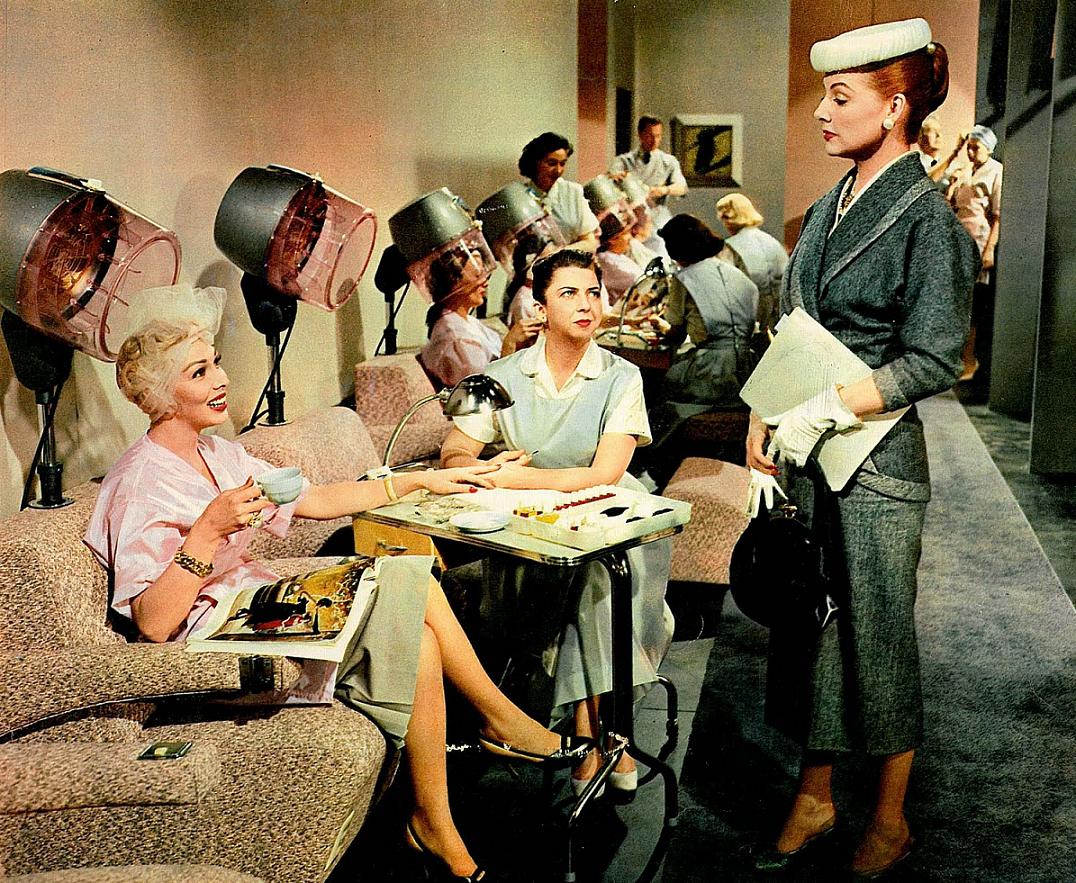 Ann Miller, in a role where she doesn’t dance or sing, manages to enthrall us anyway with her snappy dialogue delivery and her winsome, well-dressed ways. Agnes Moorehead connects with her love of lavender and lilac in her Helen Rose creations and doesn’t see such colorful ensembles again until she greets Samantha as Endora.
Ann Miller, in a role where she doesn’t dance or sing, manages to enthrall us anyway with her snappy dialogue delivery and her winsome, well-dressed ways. Agnes Moorehead connects with her love of lavender and lilac in her Helen Rose creations and doesn’t see such colorful ensembles again until she greets Samantha as Endora.
